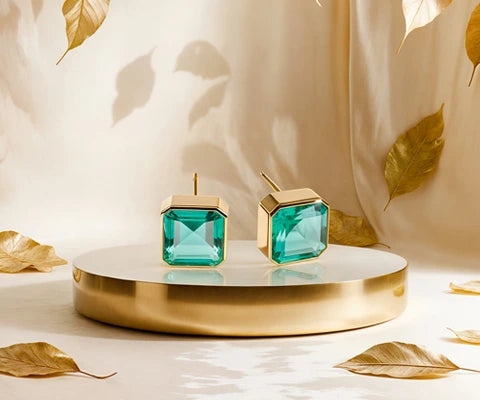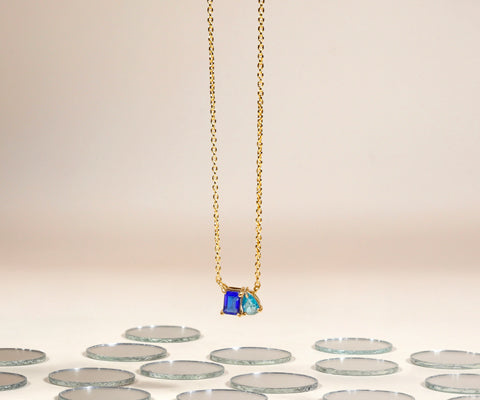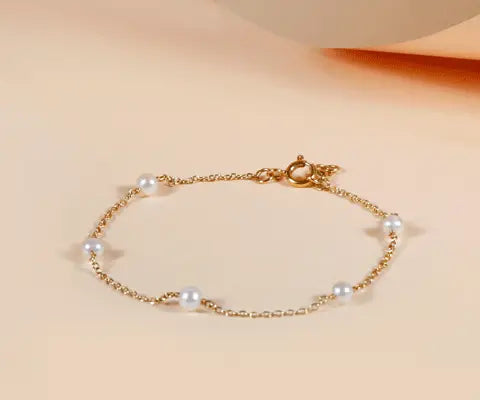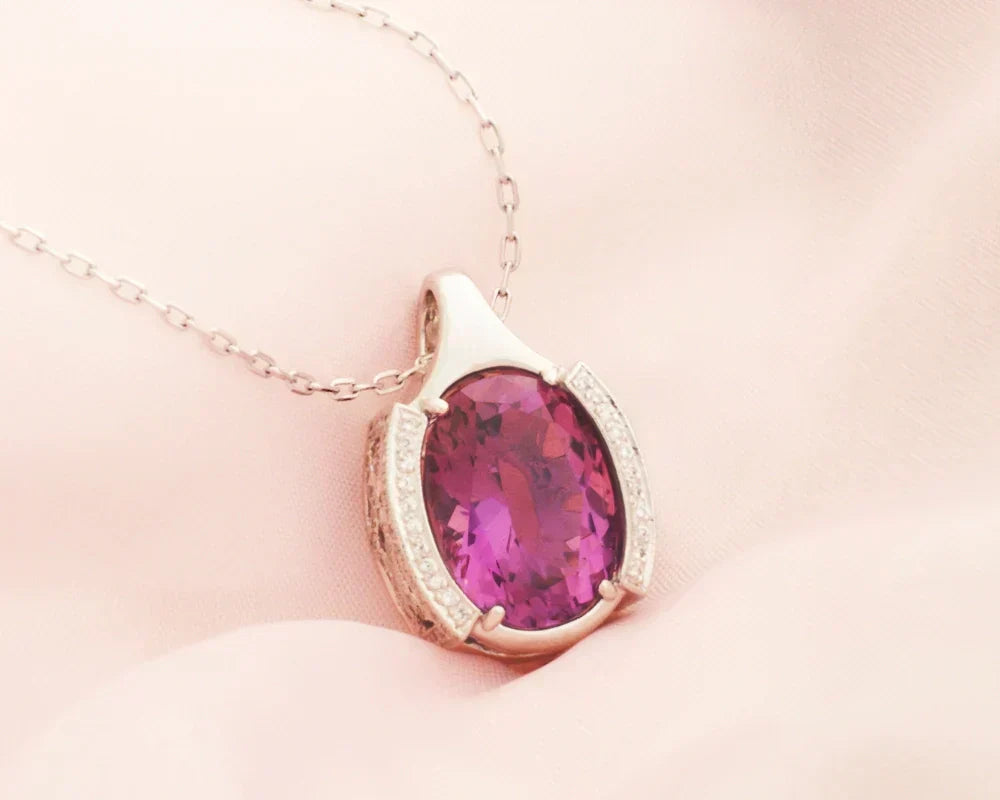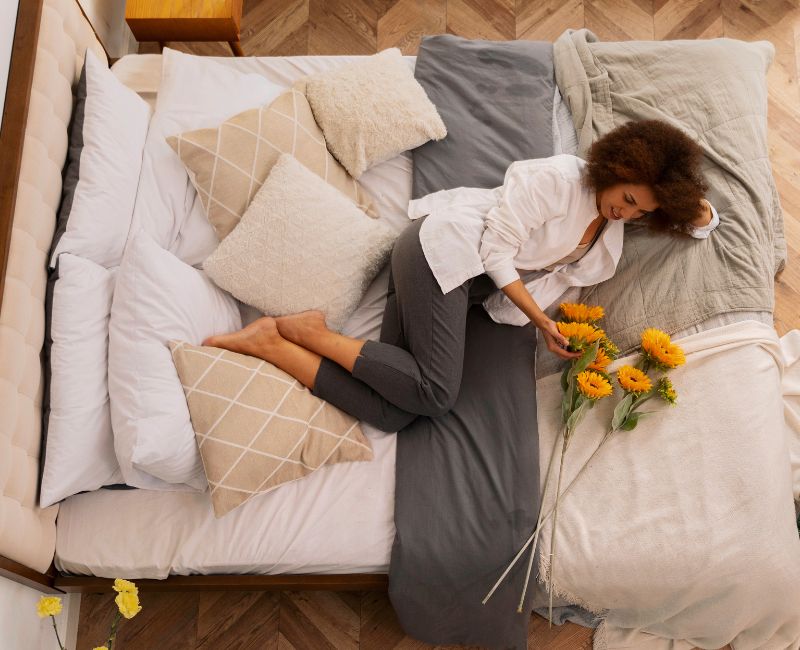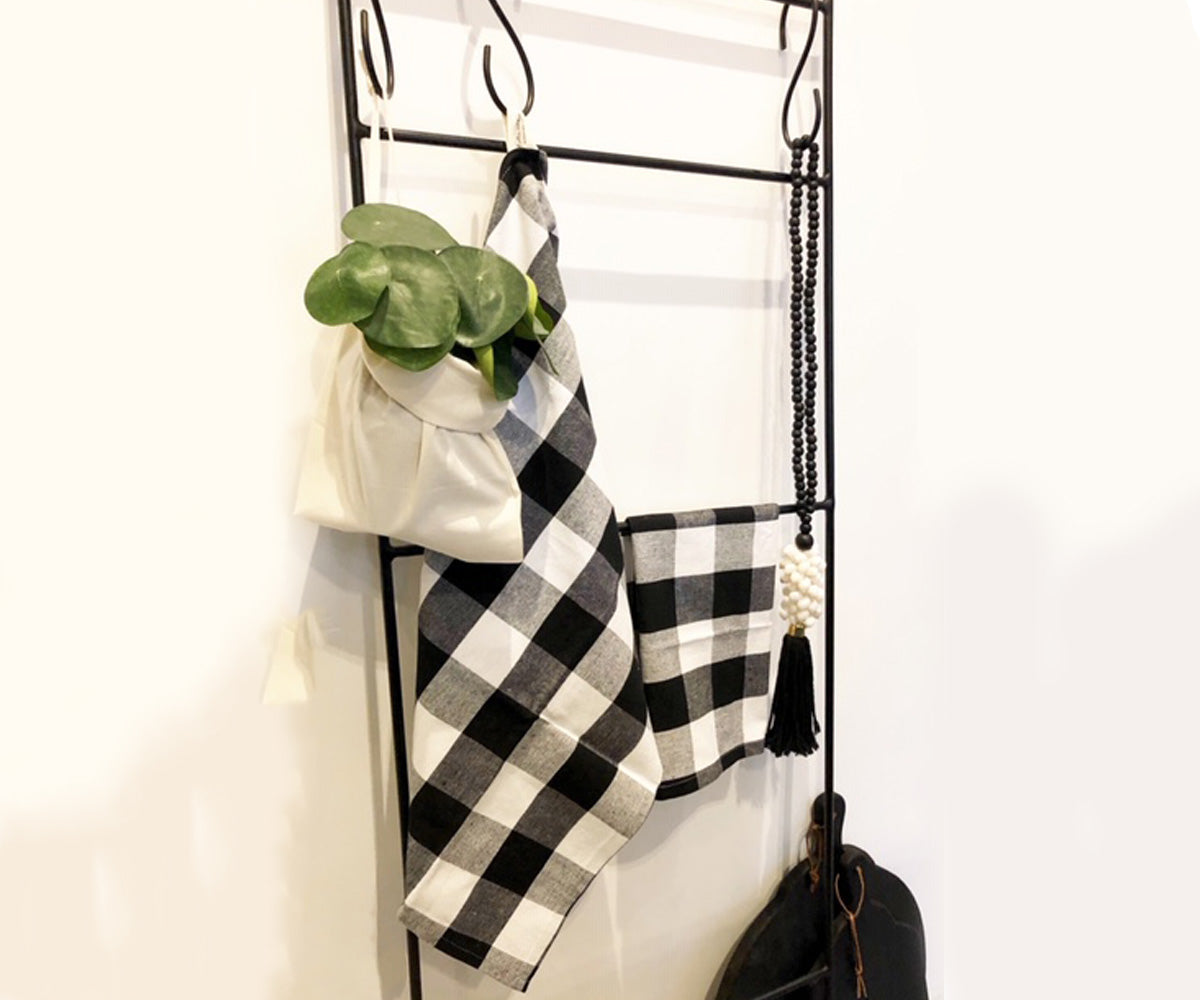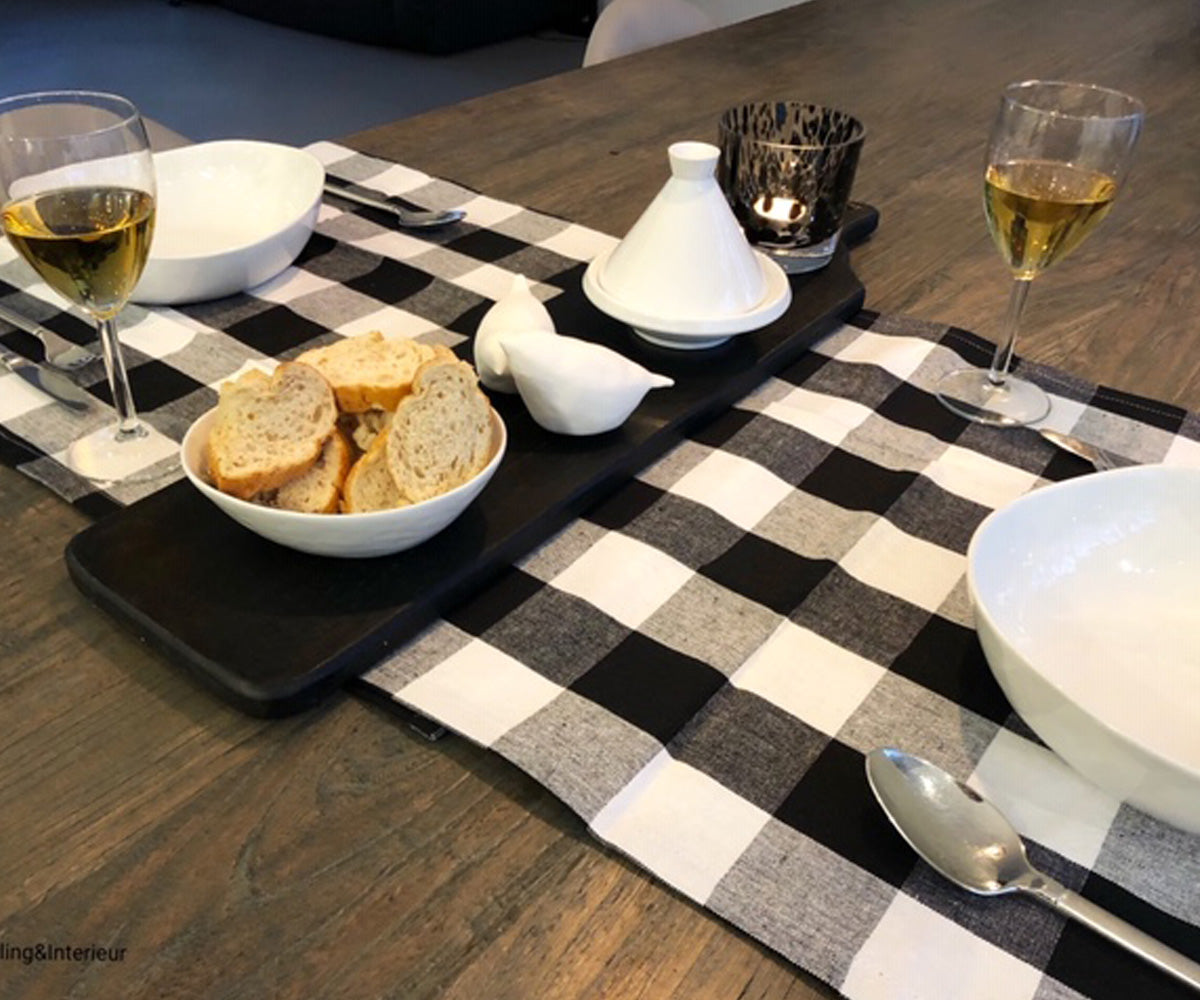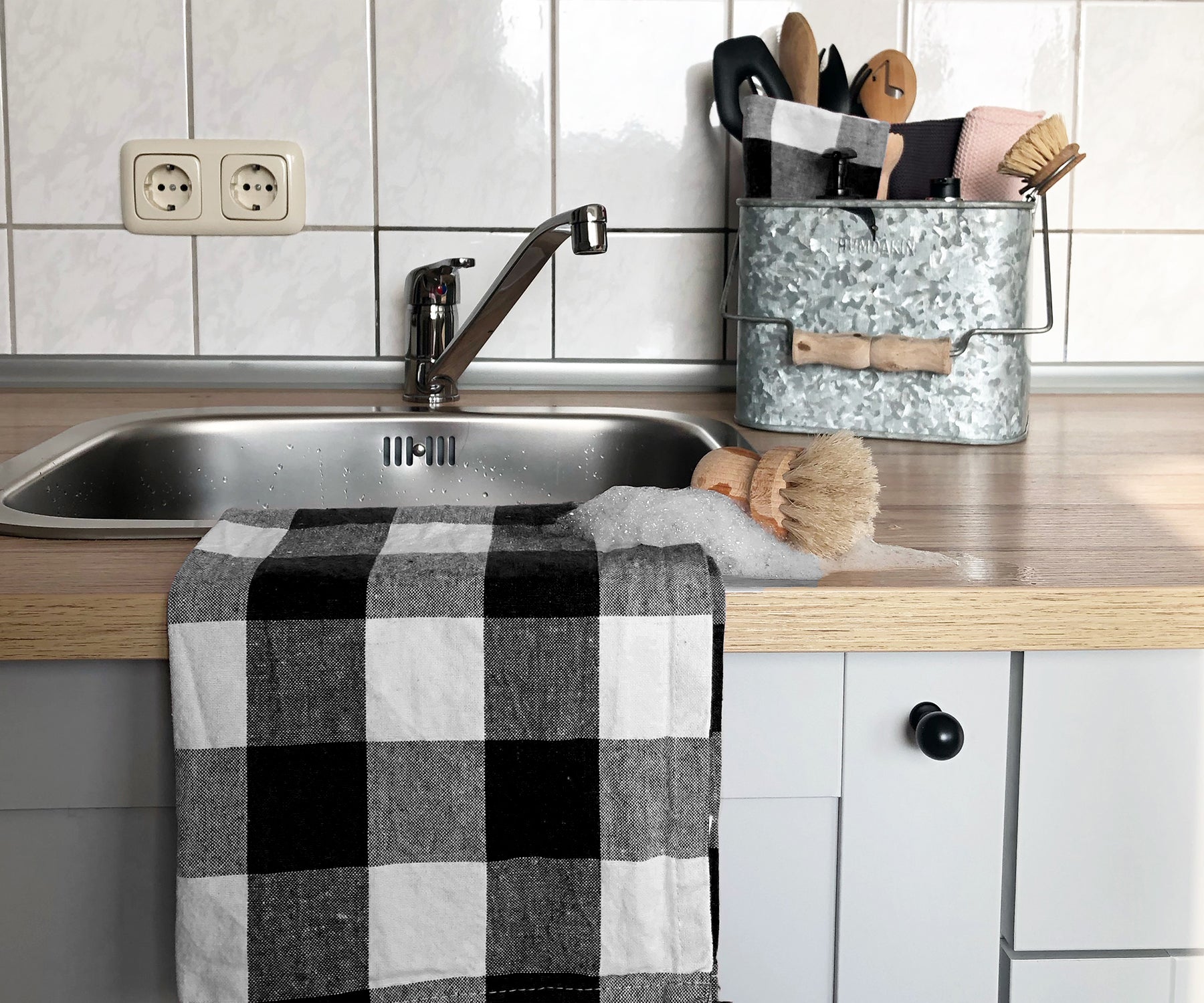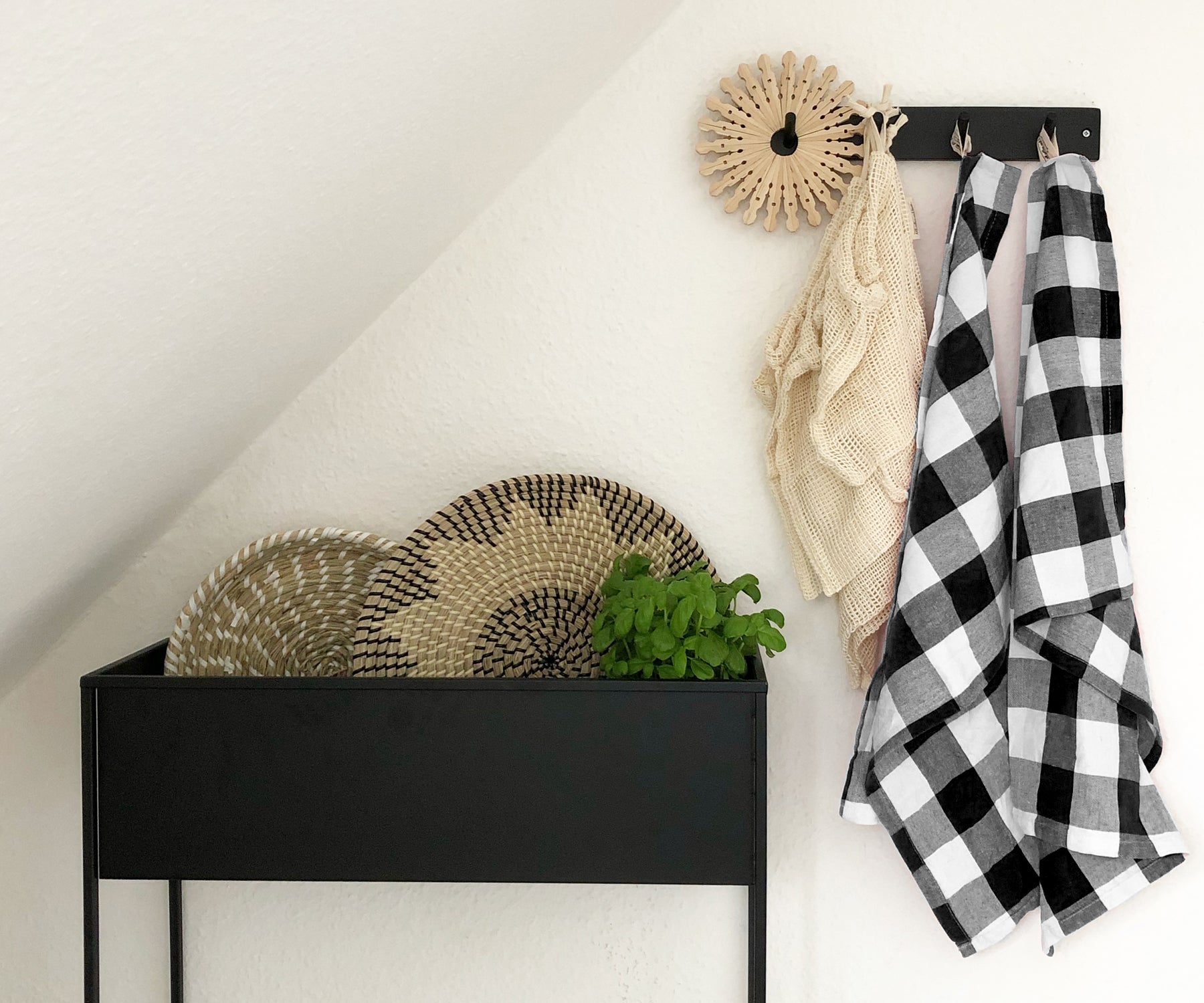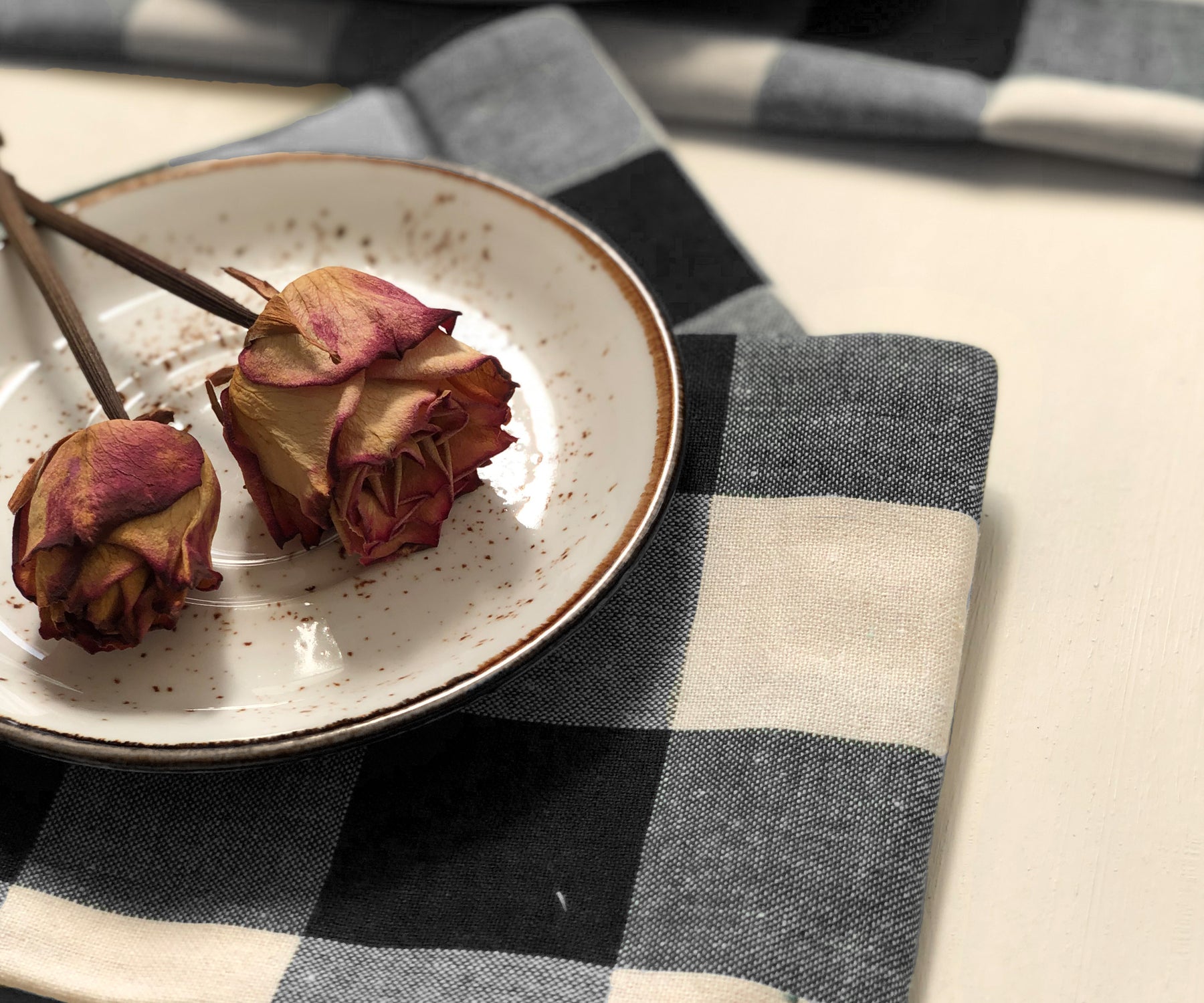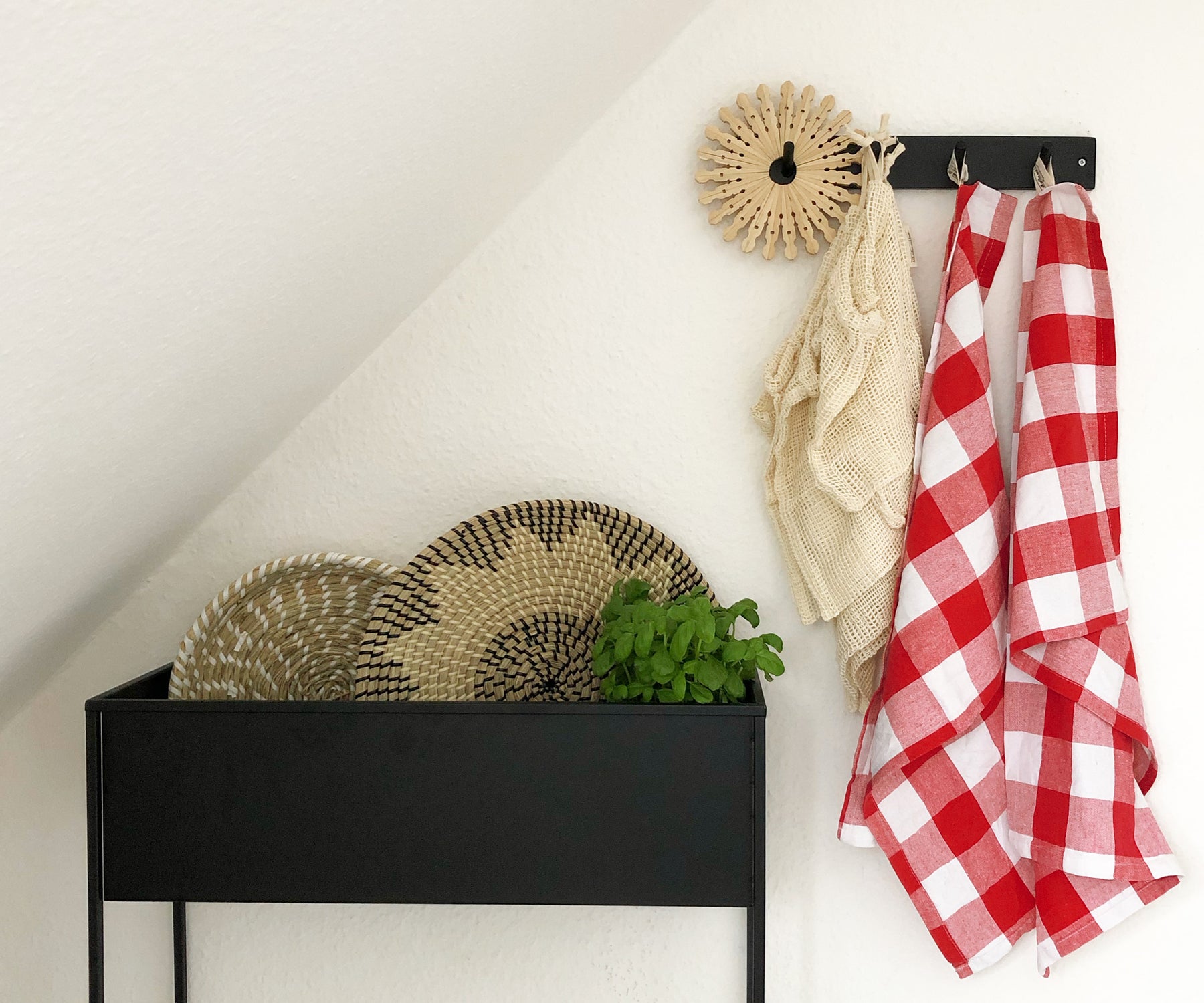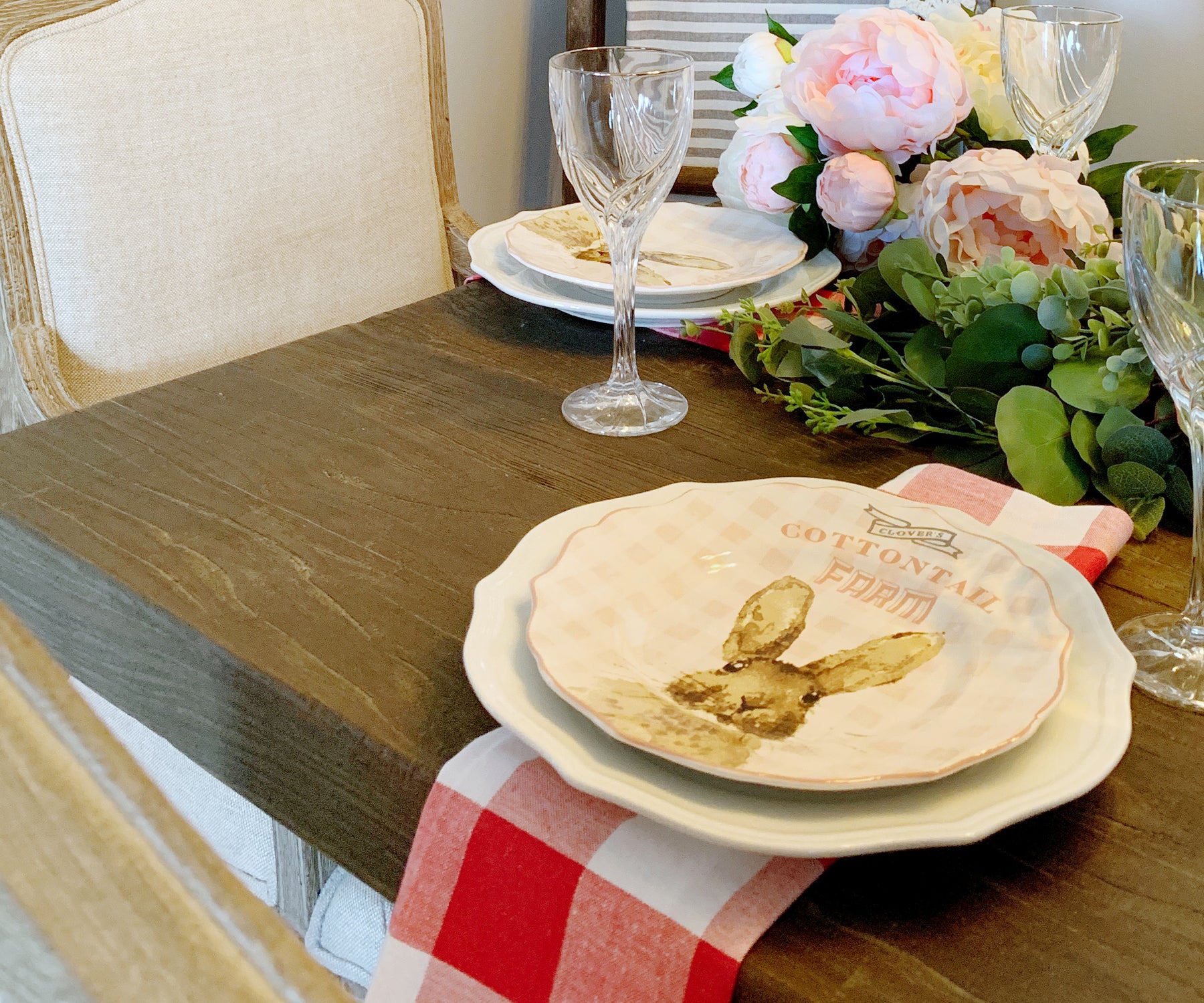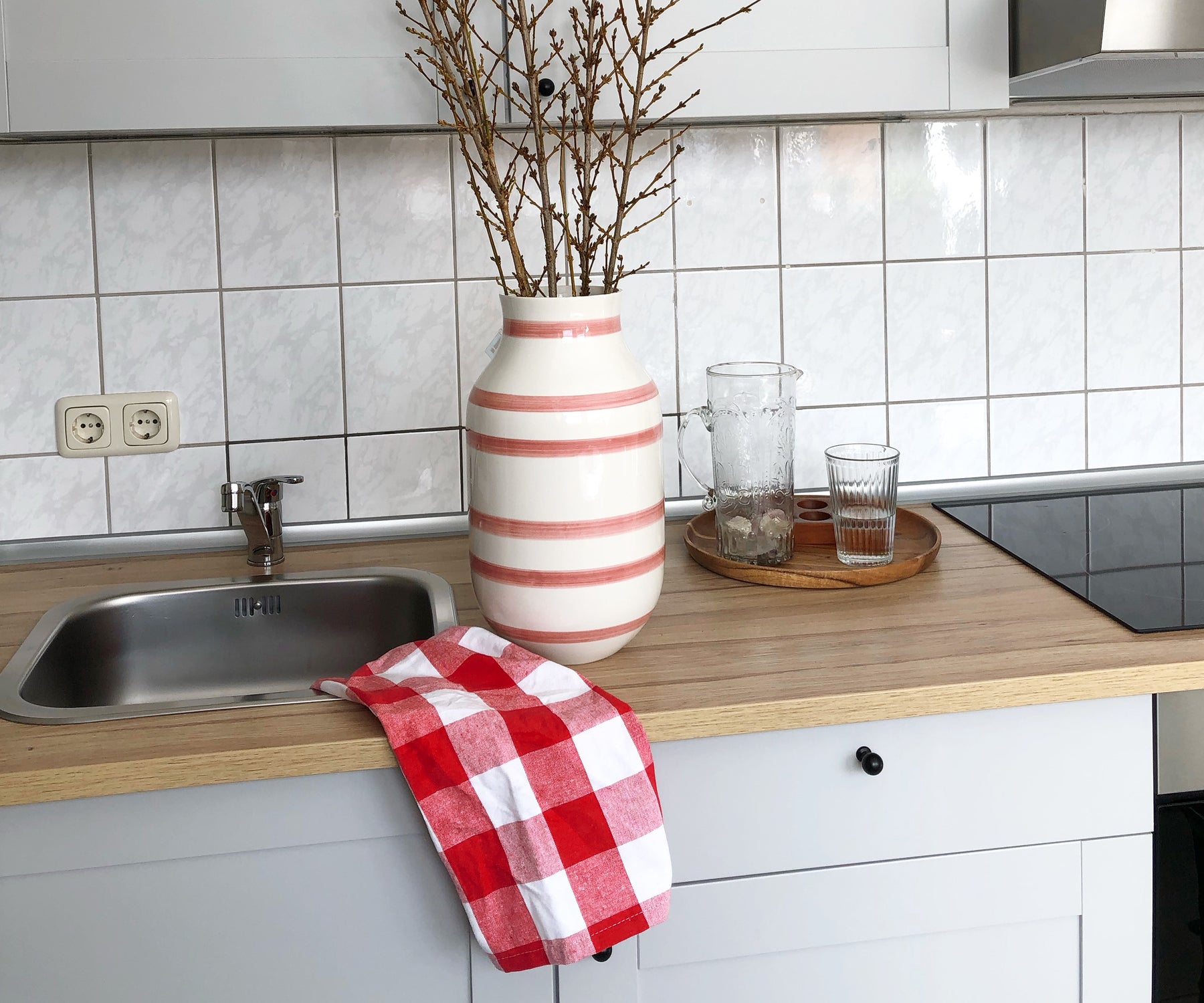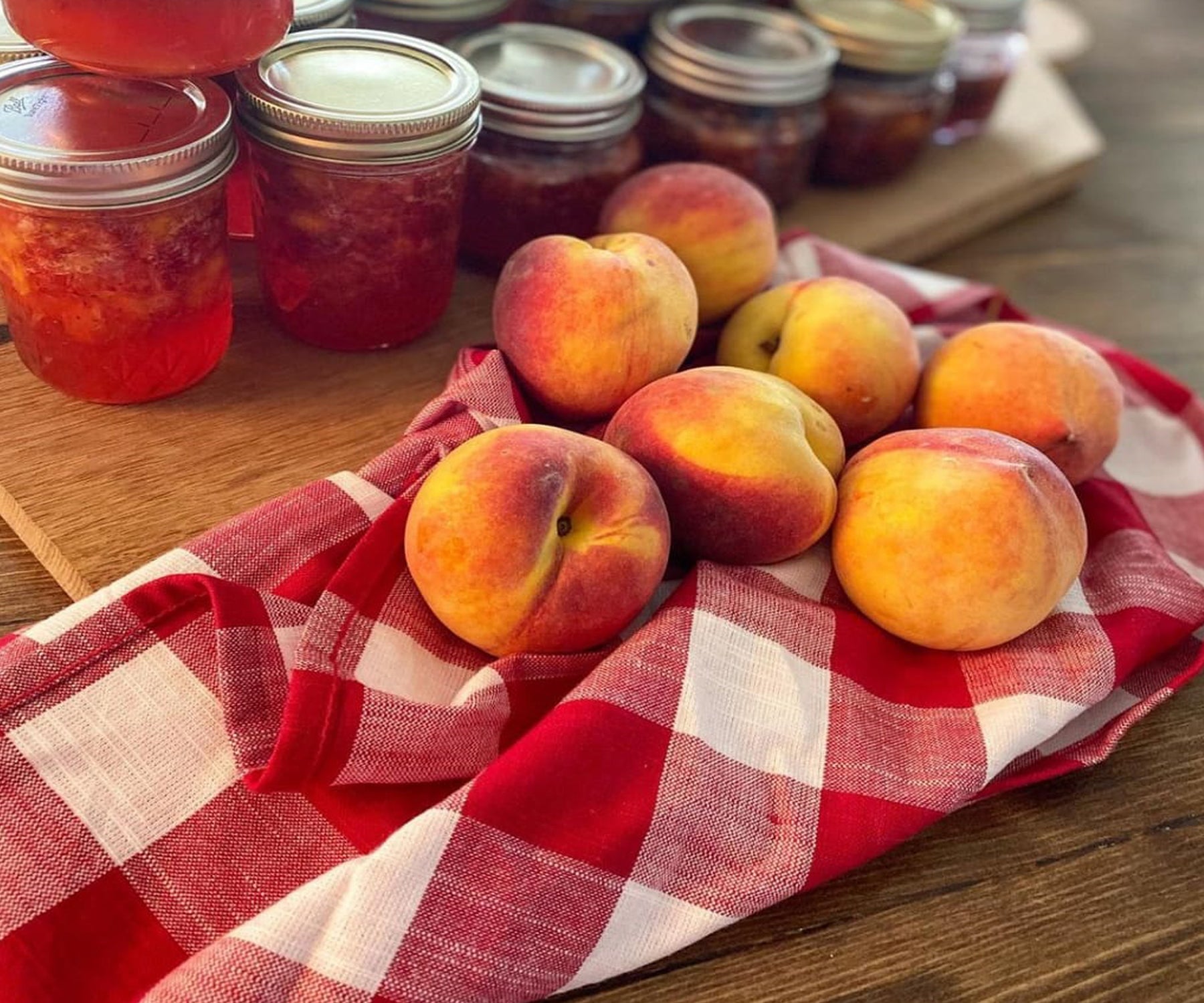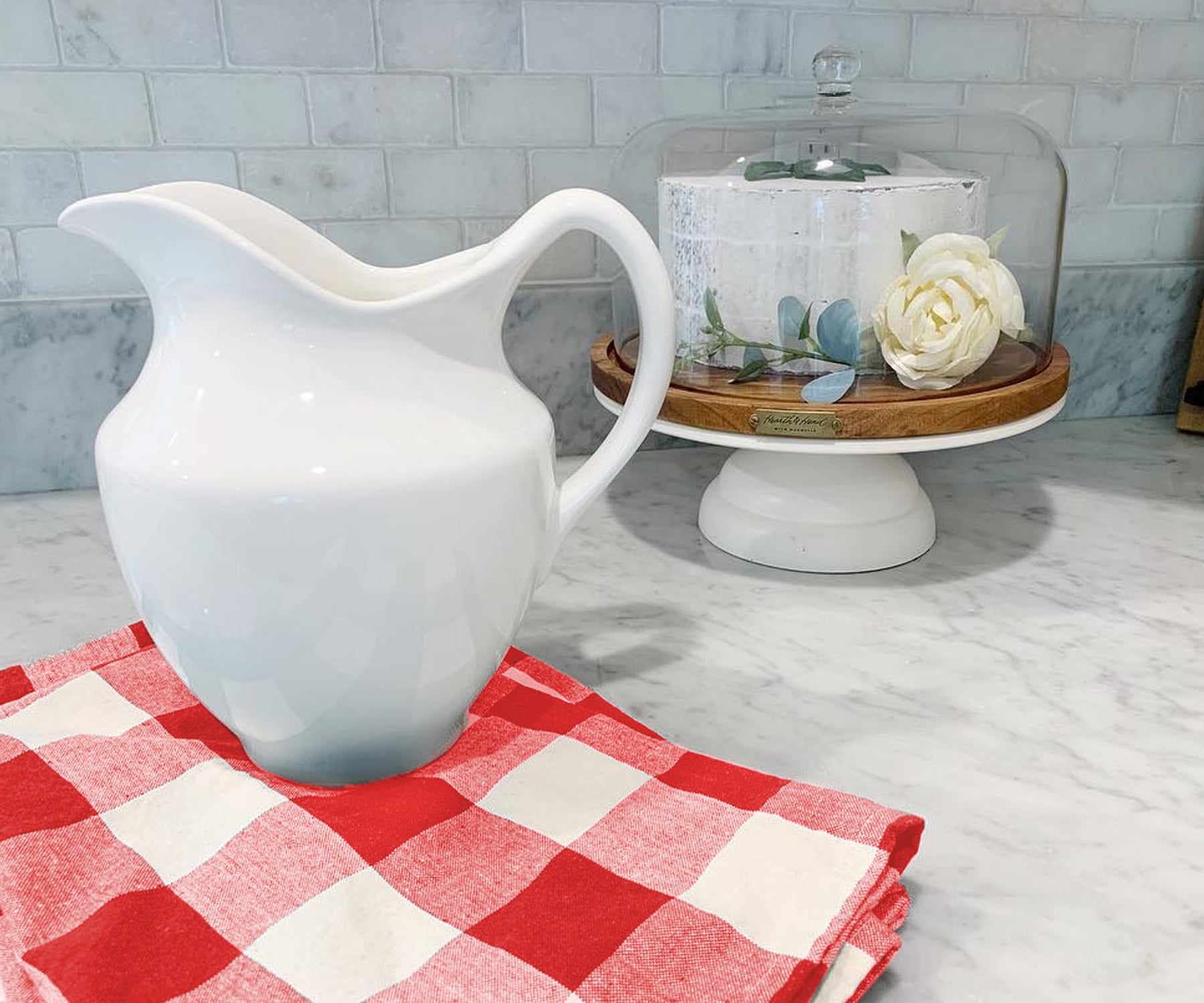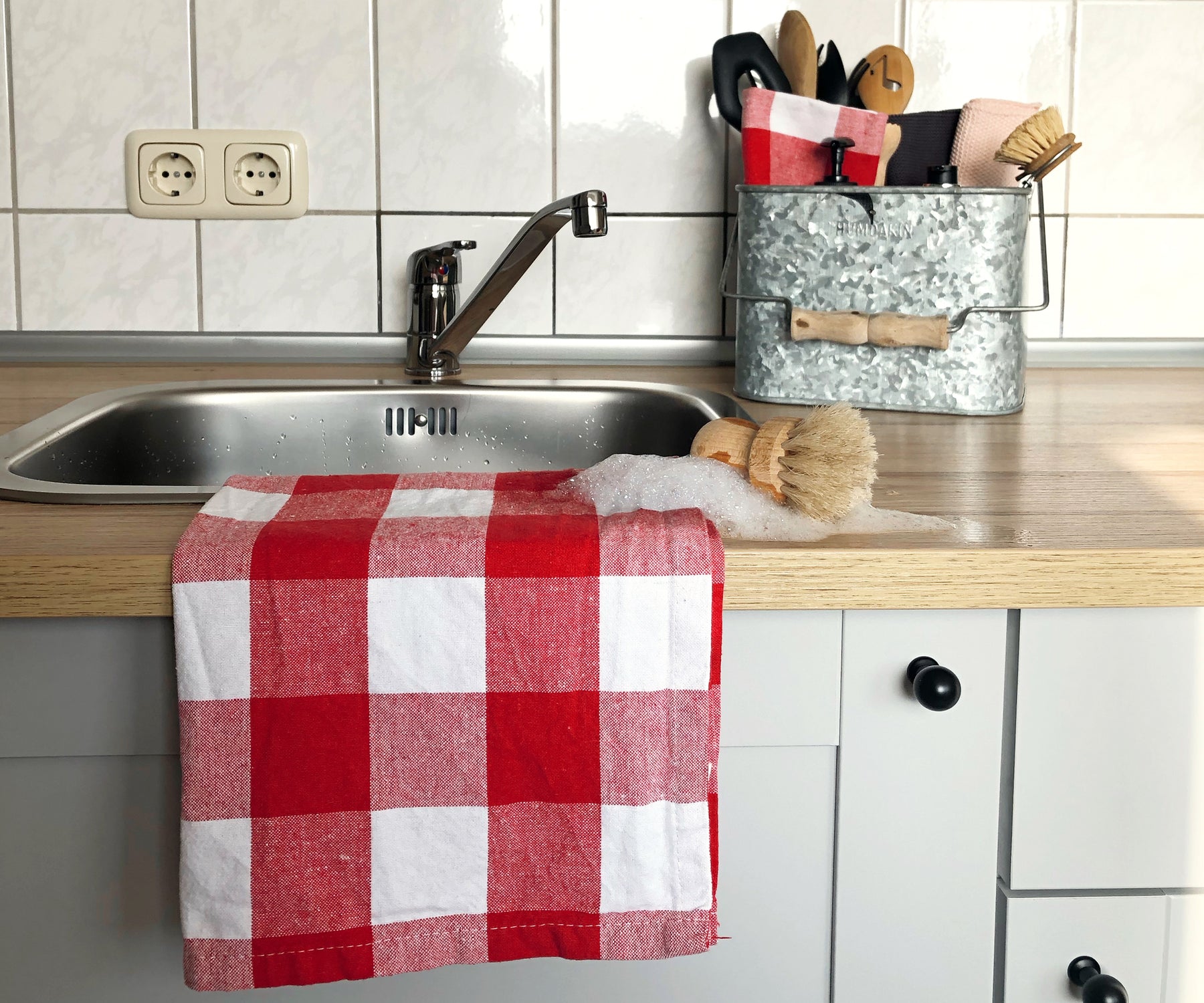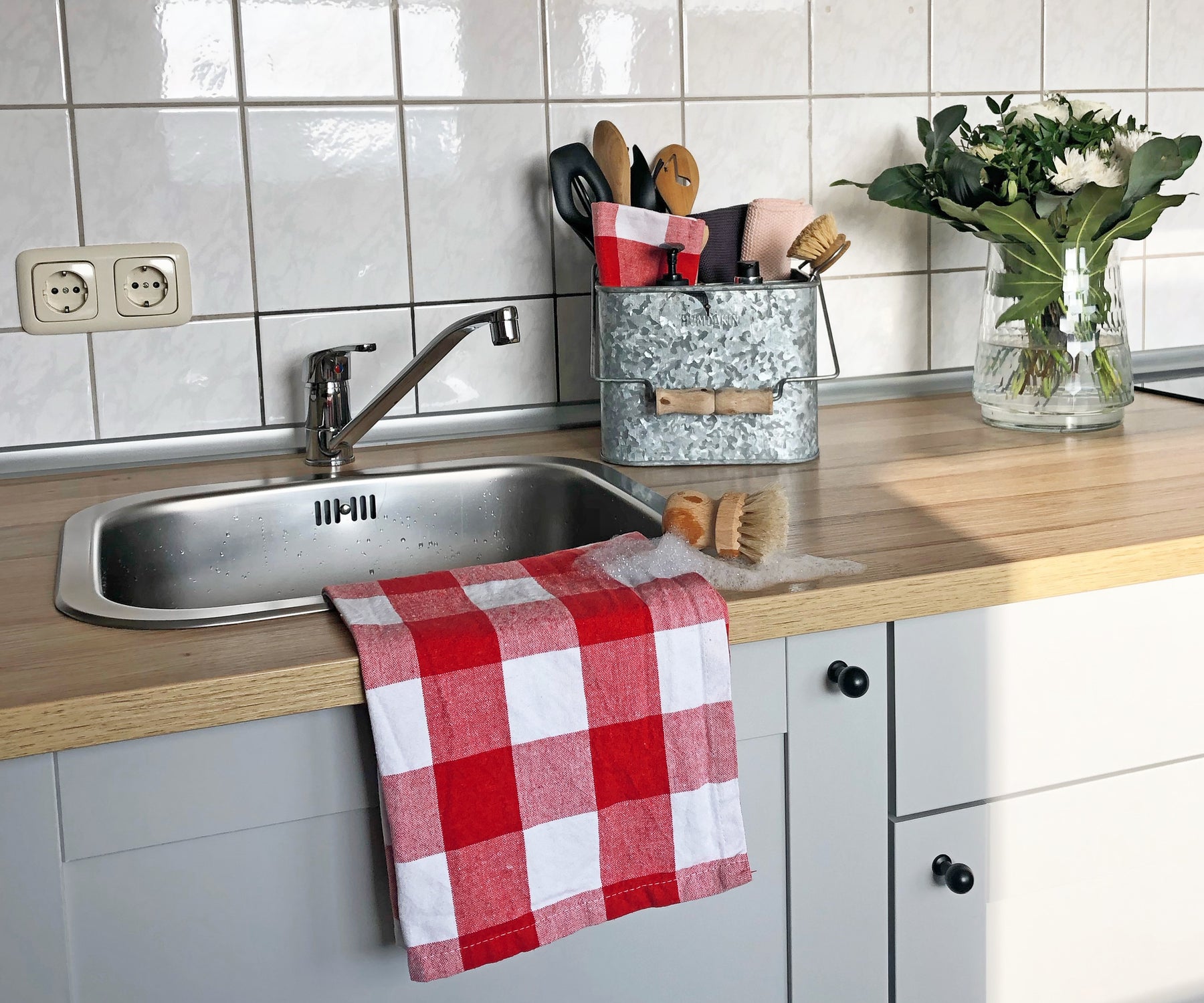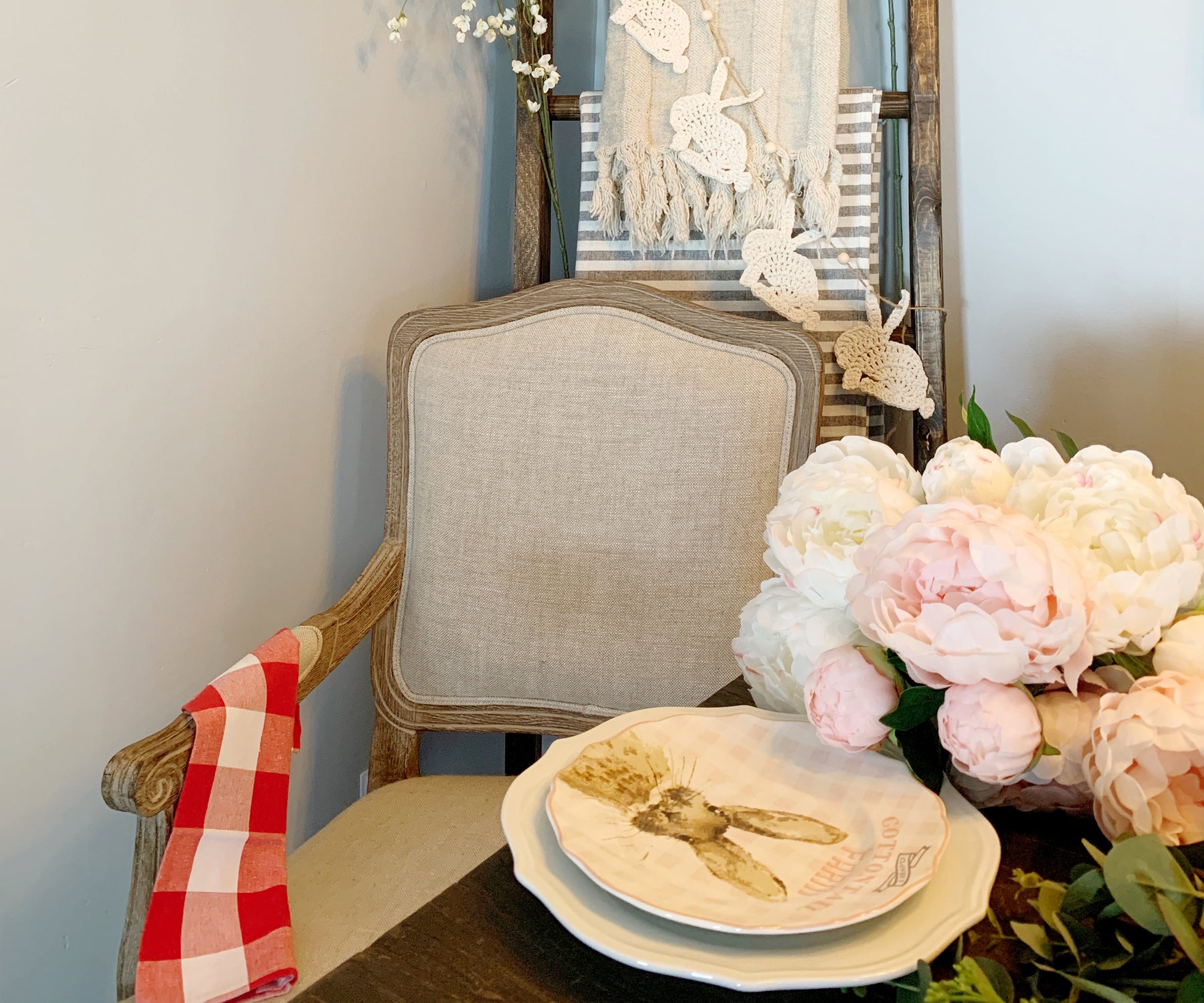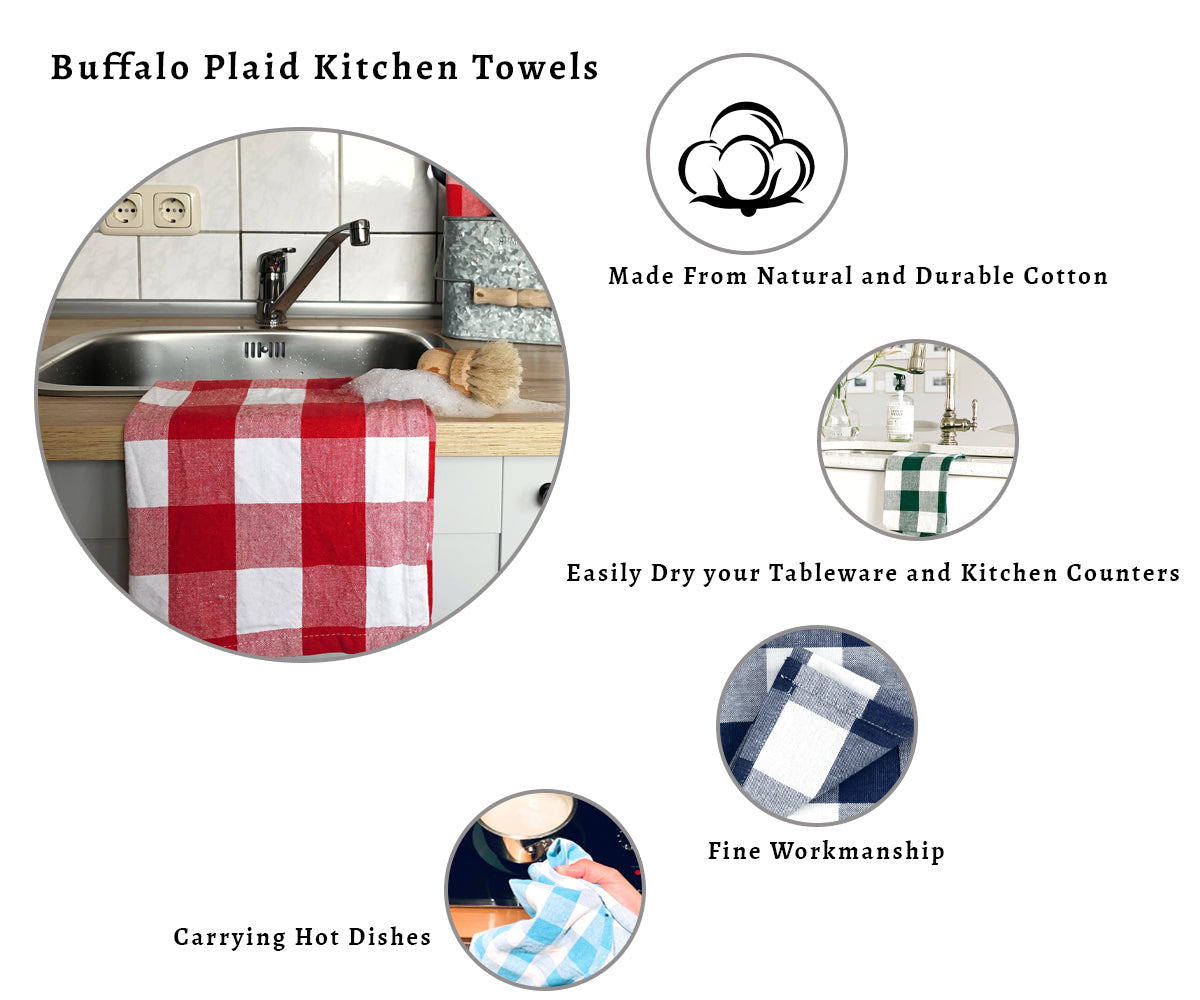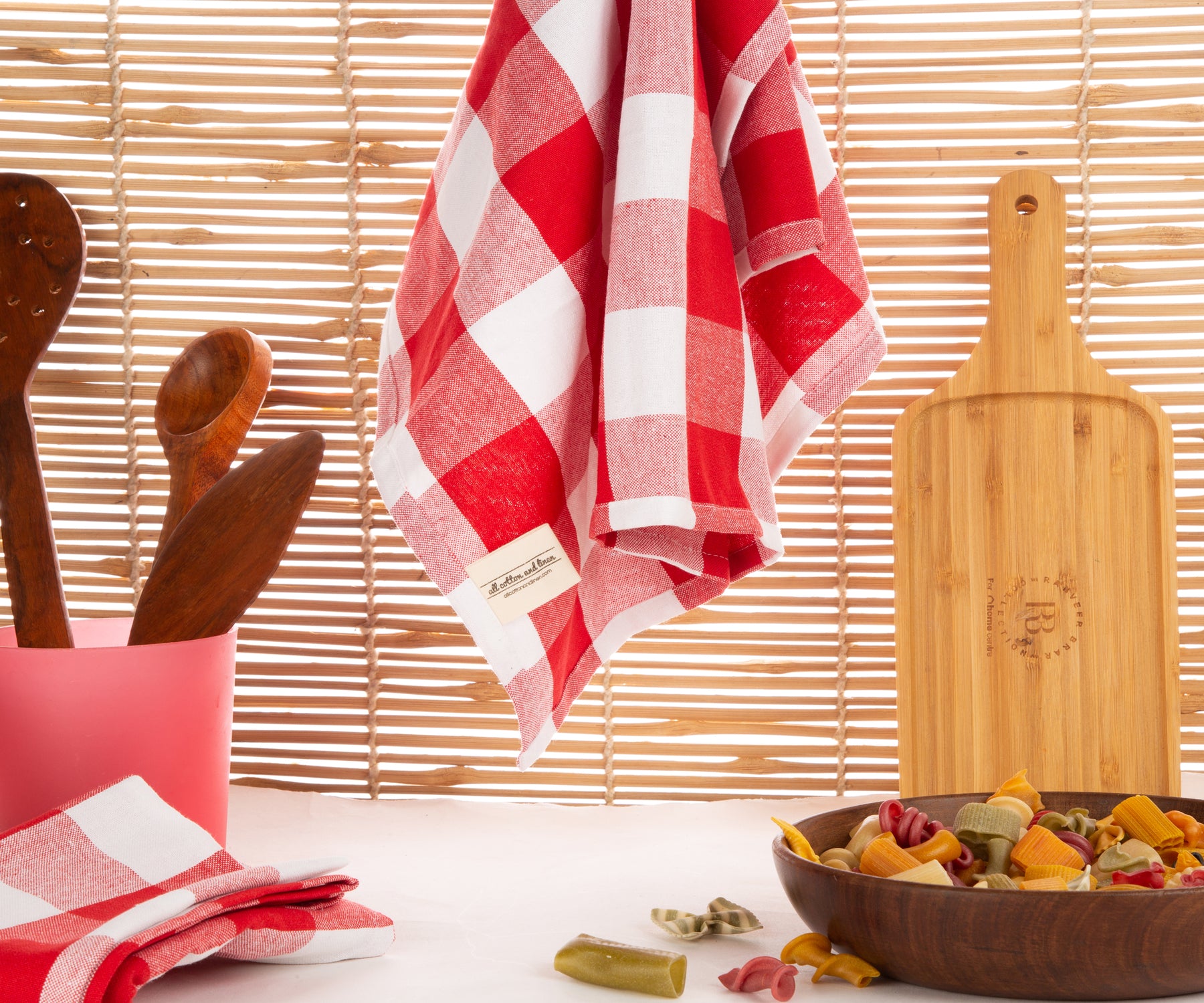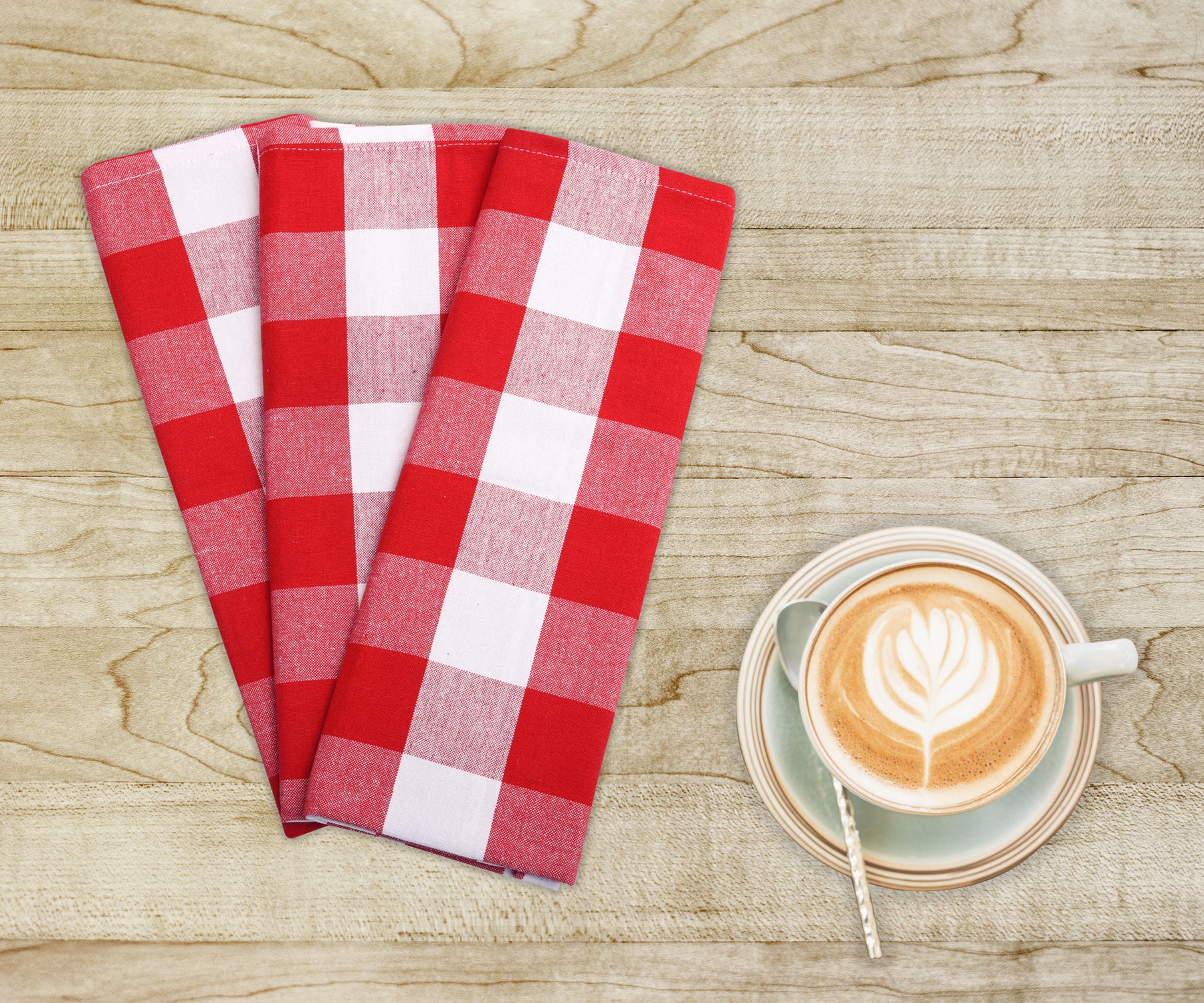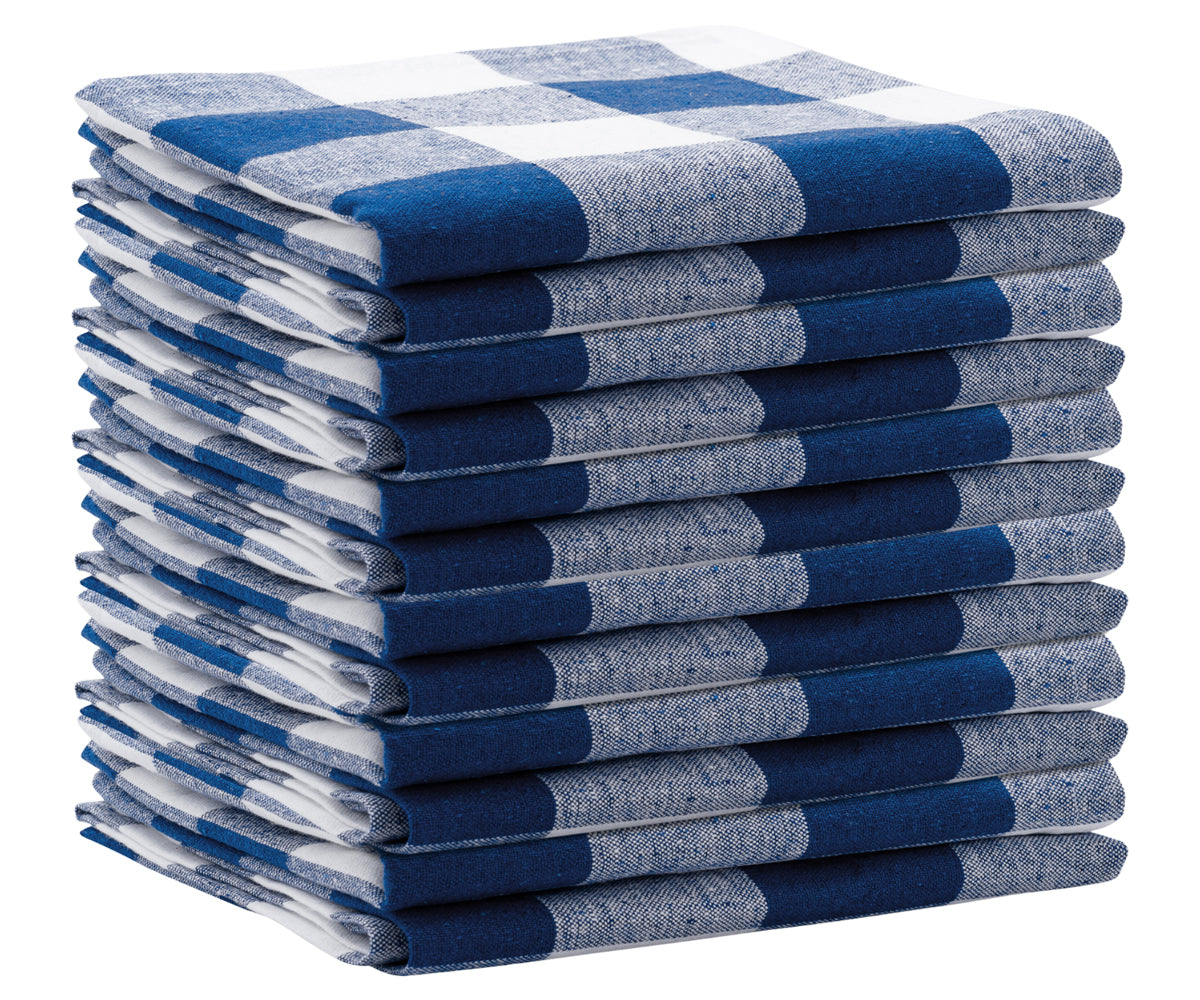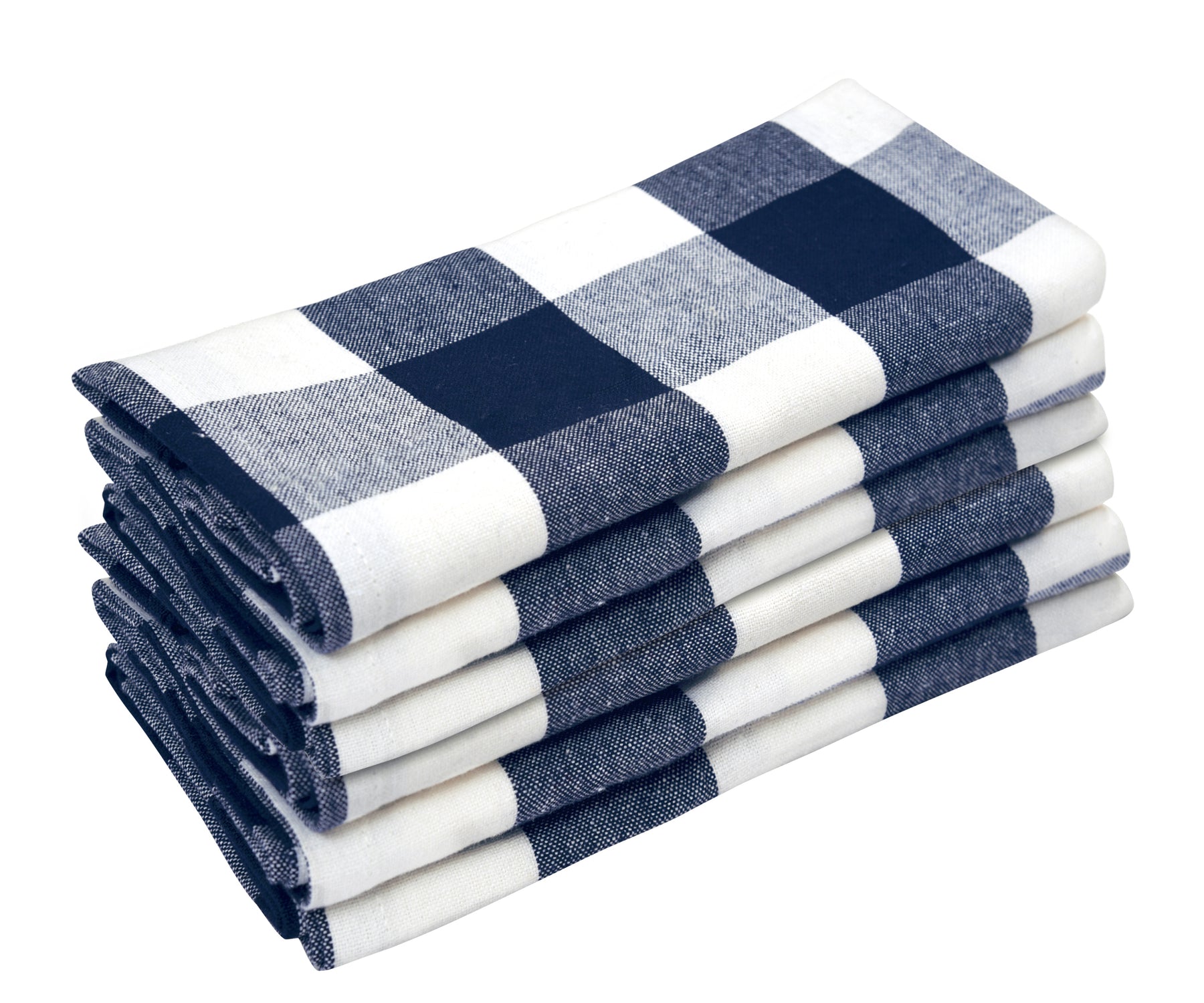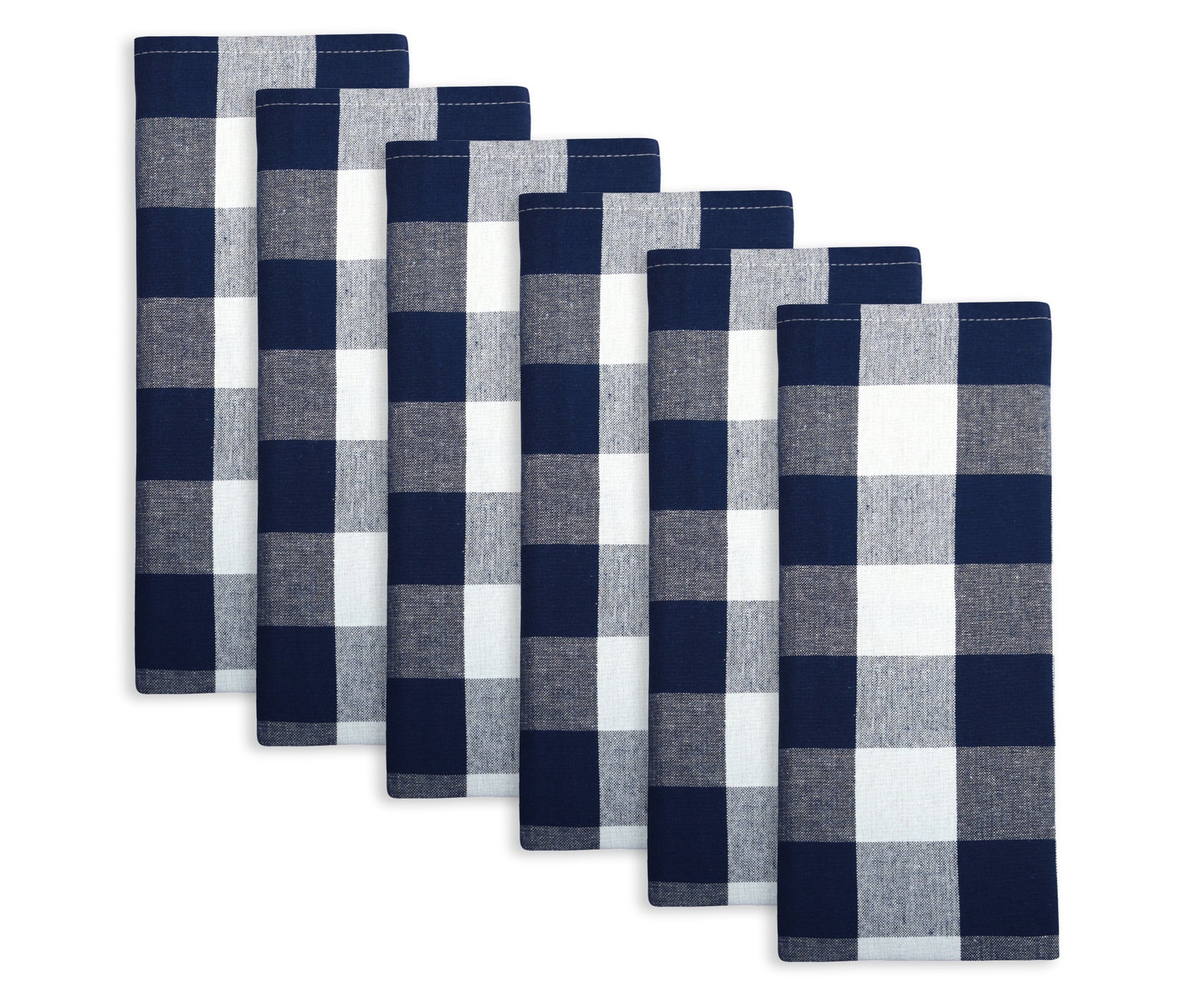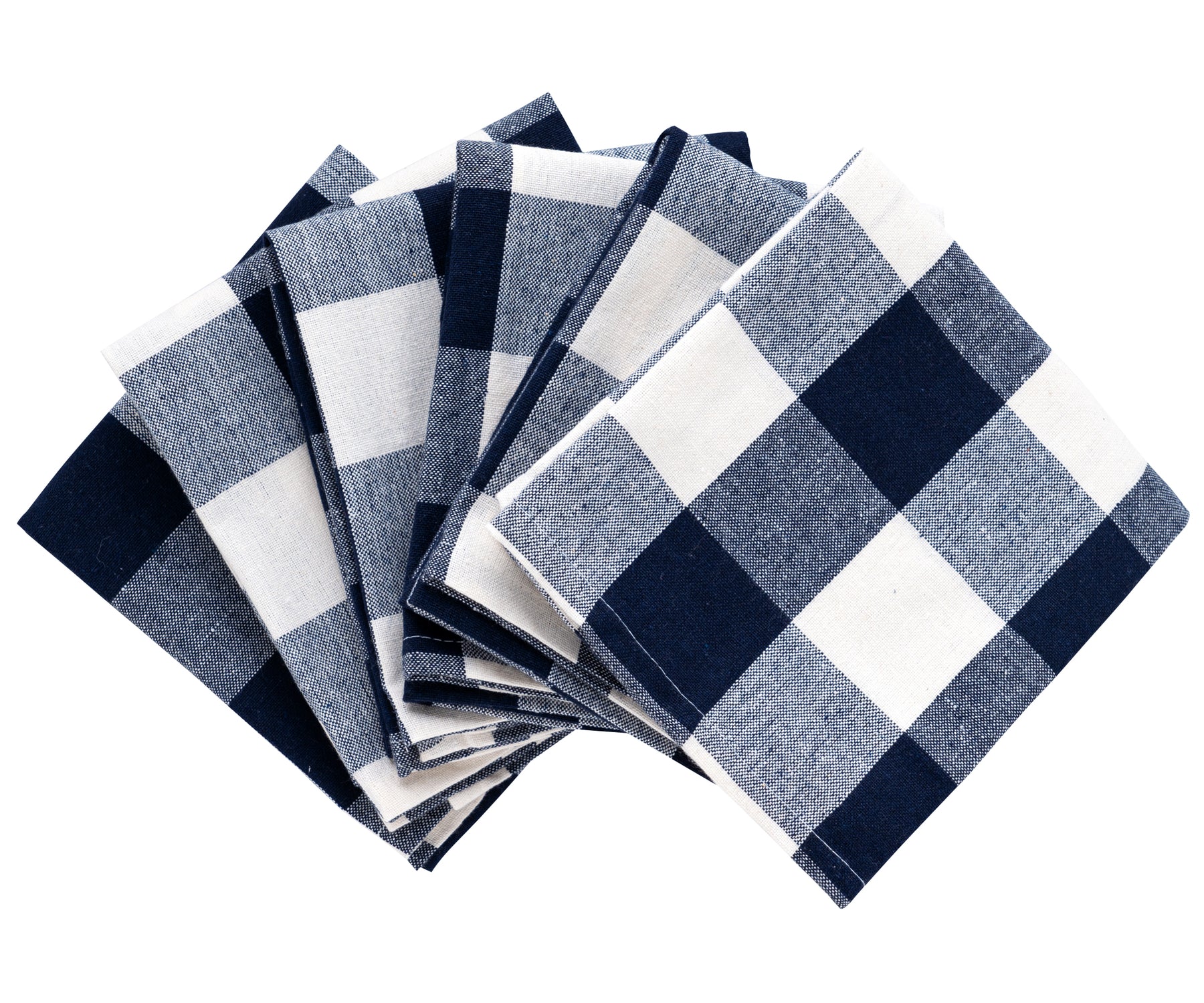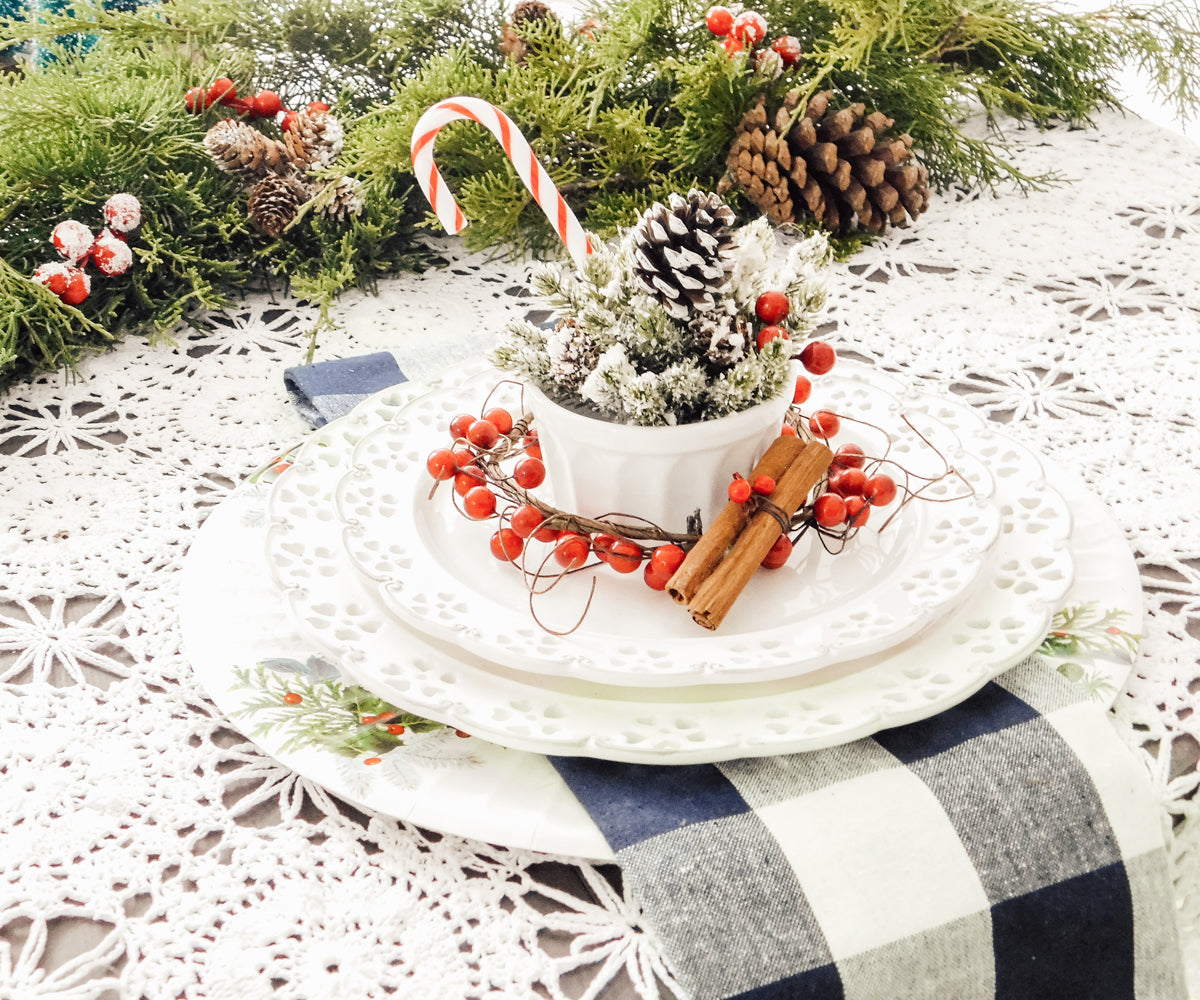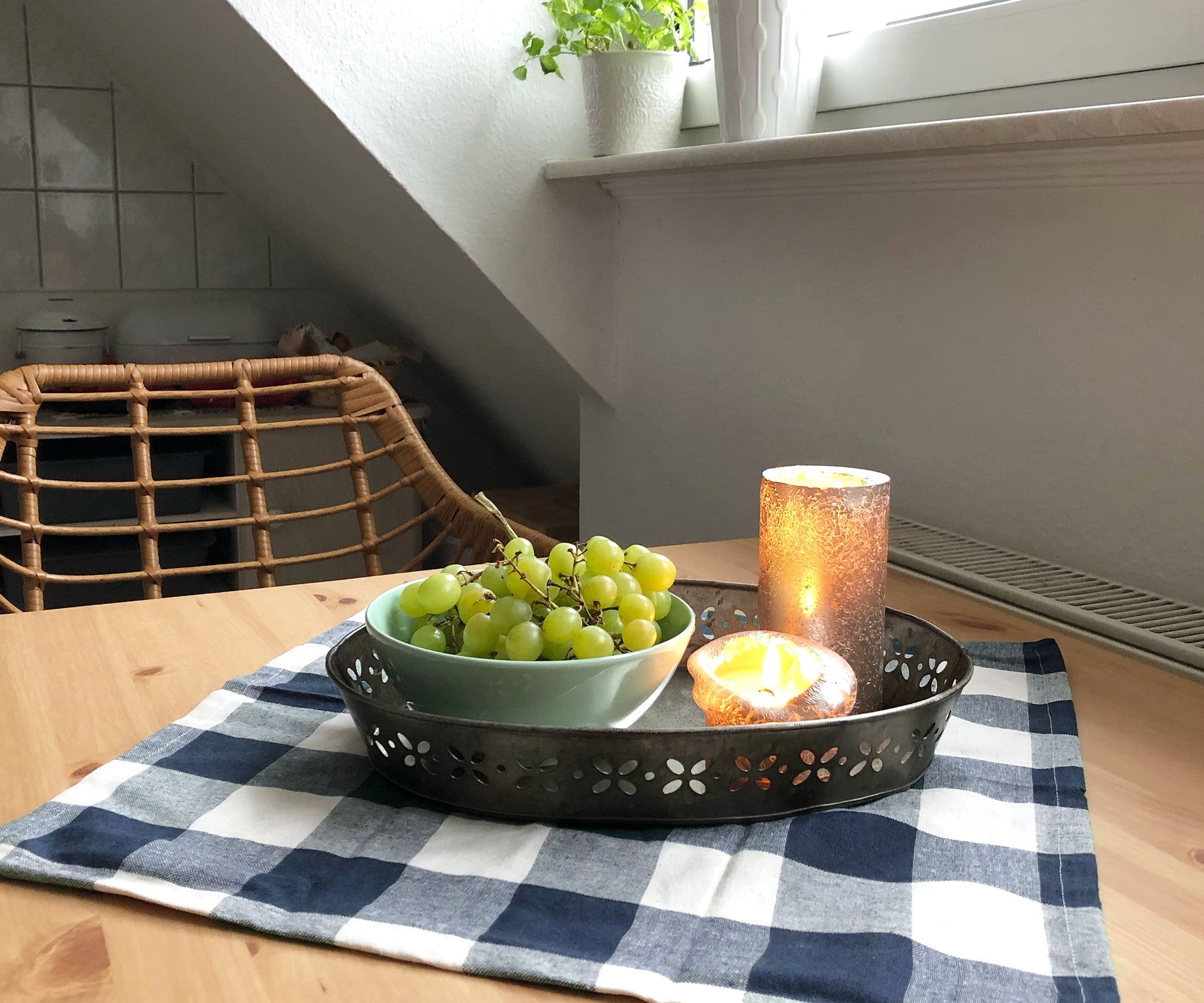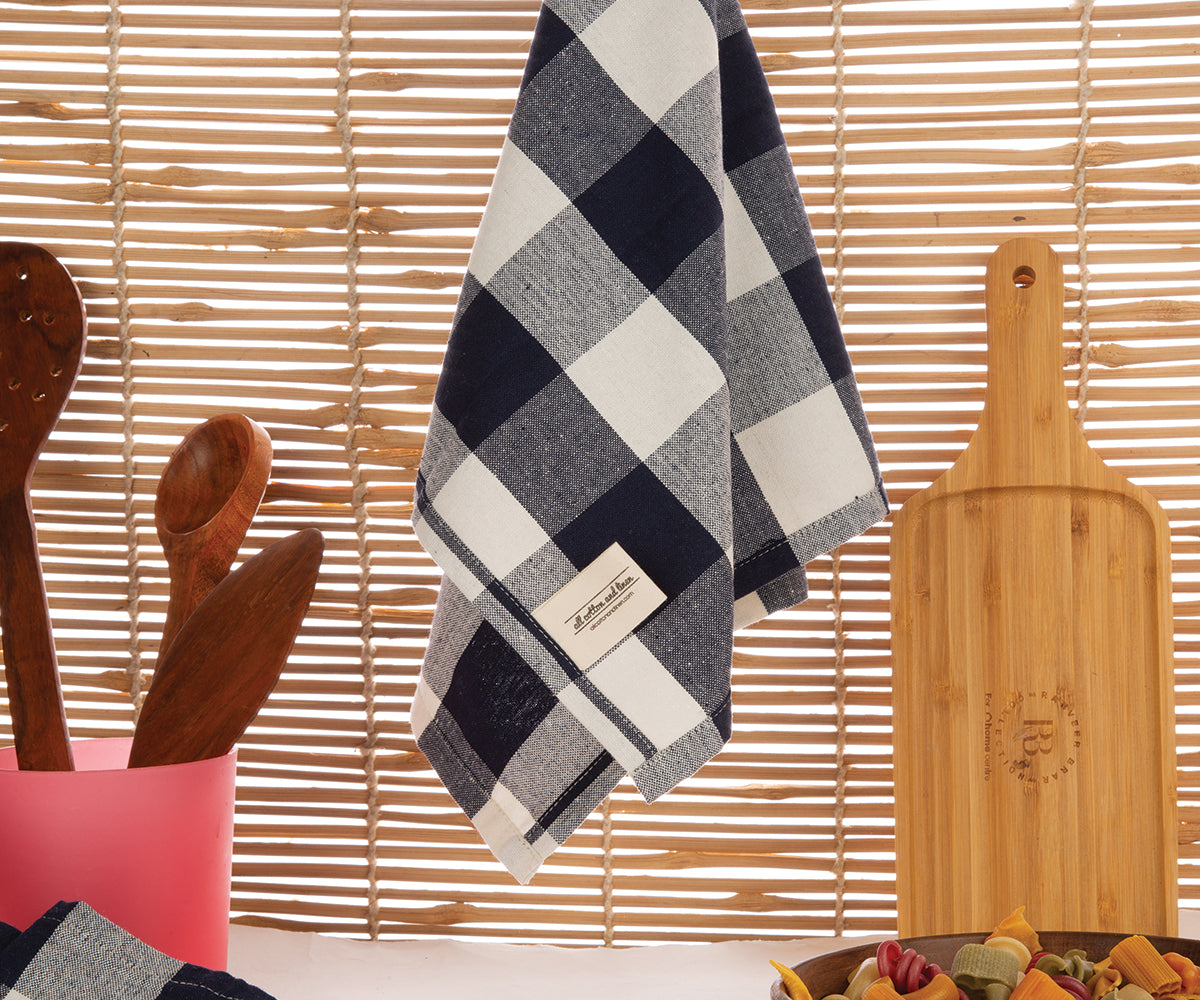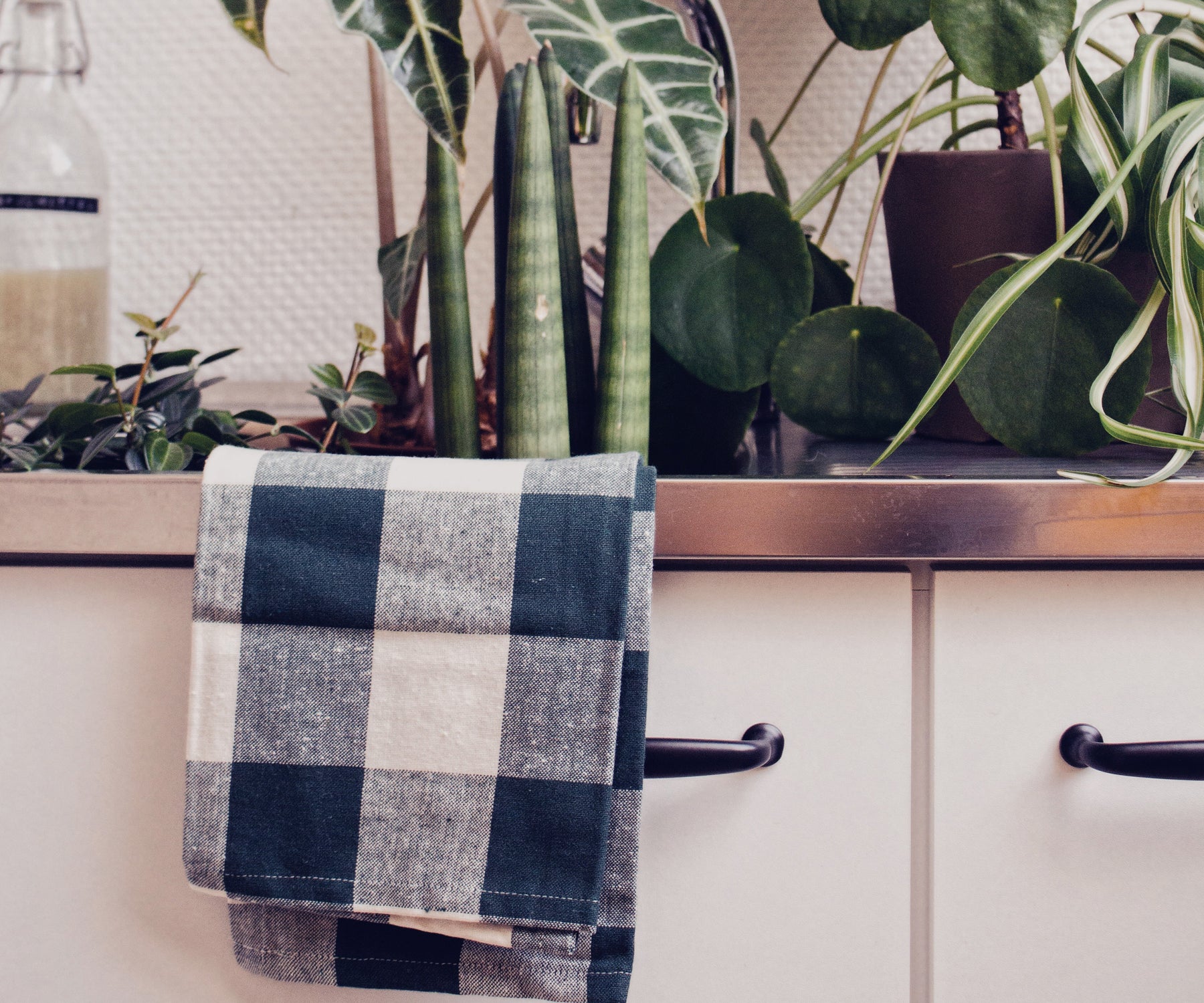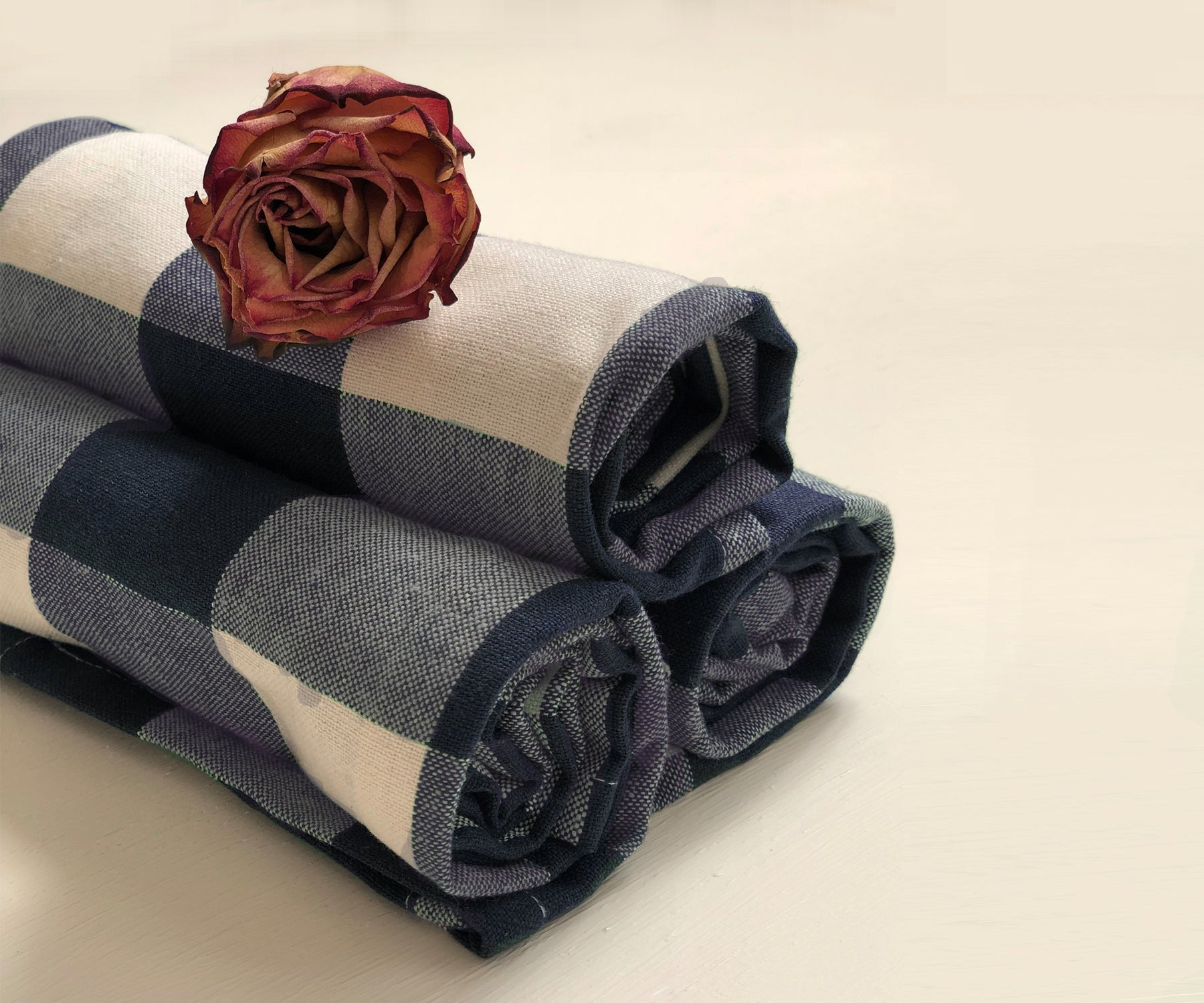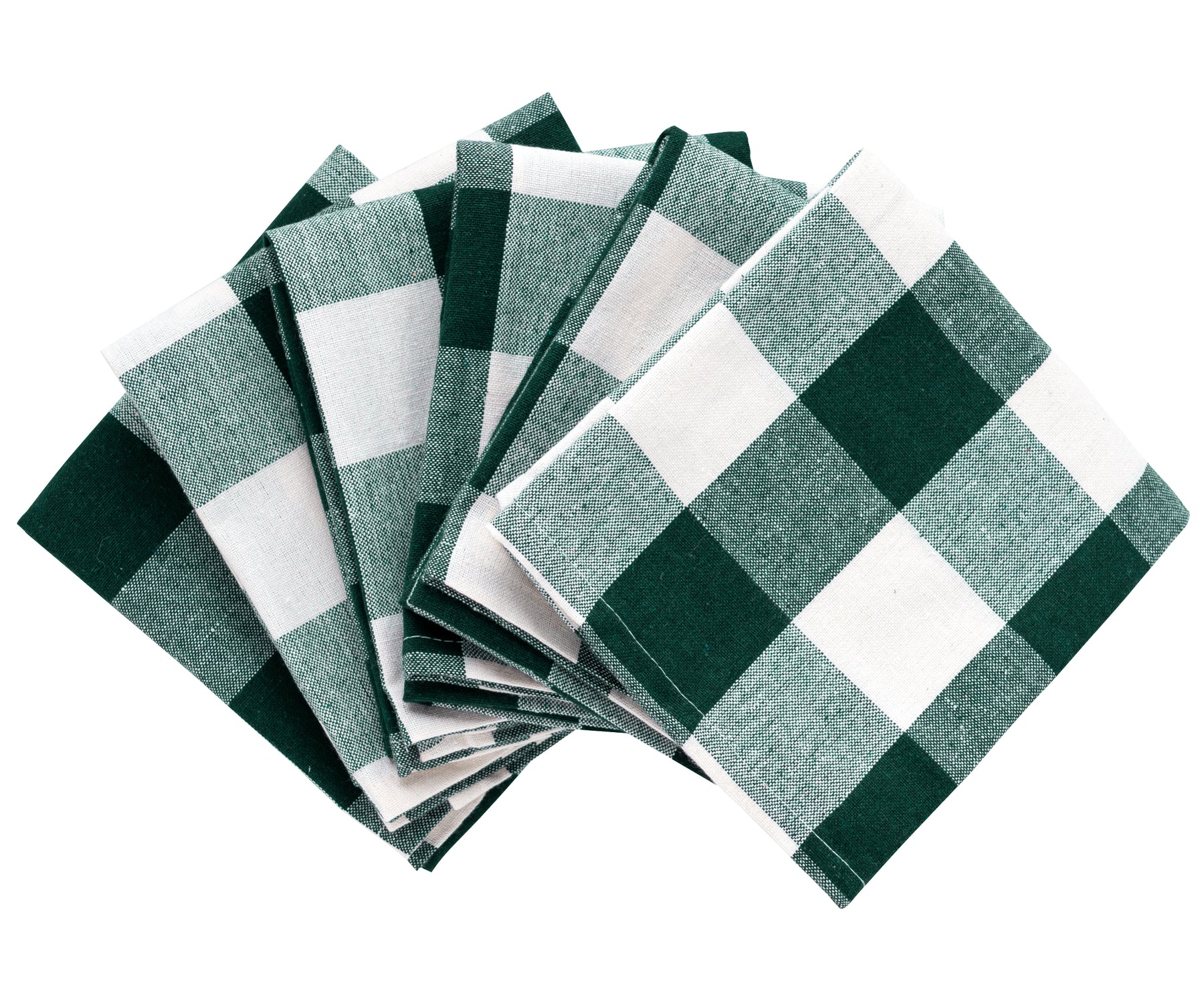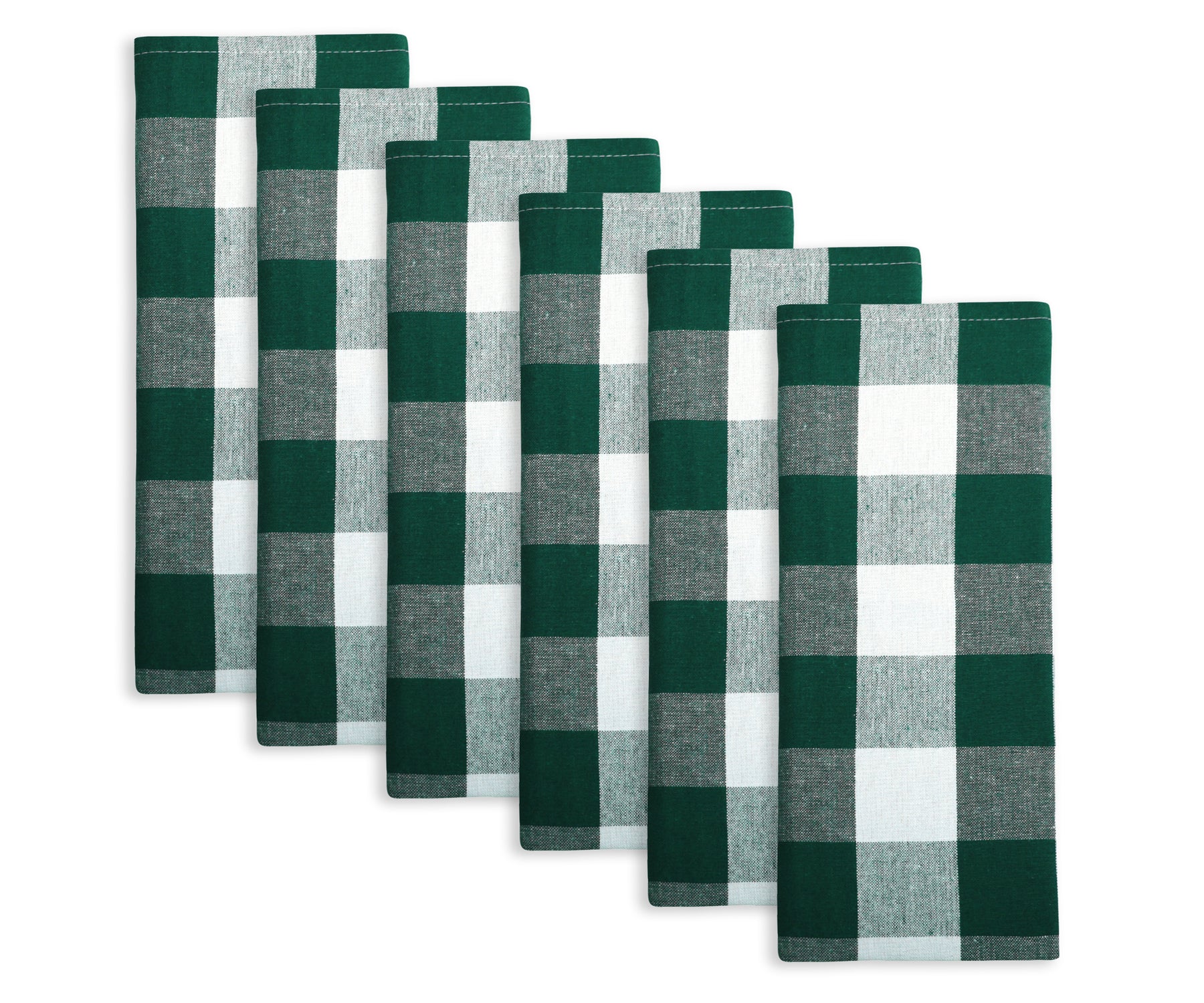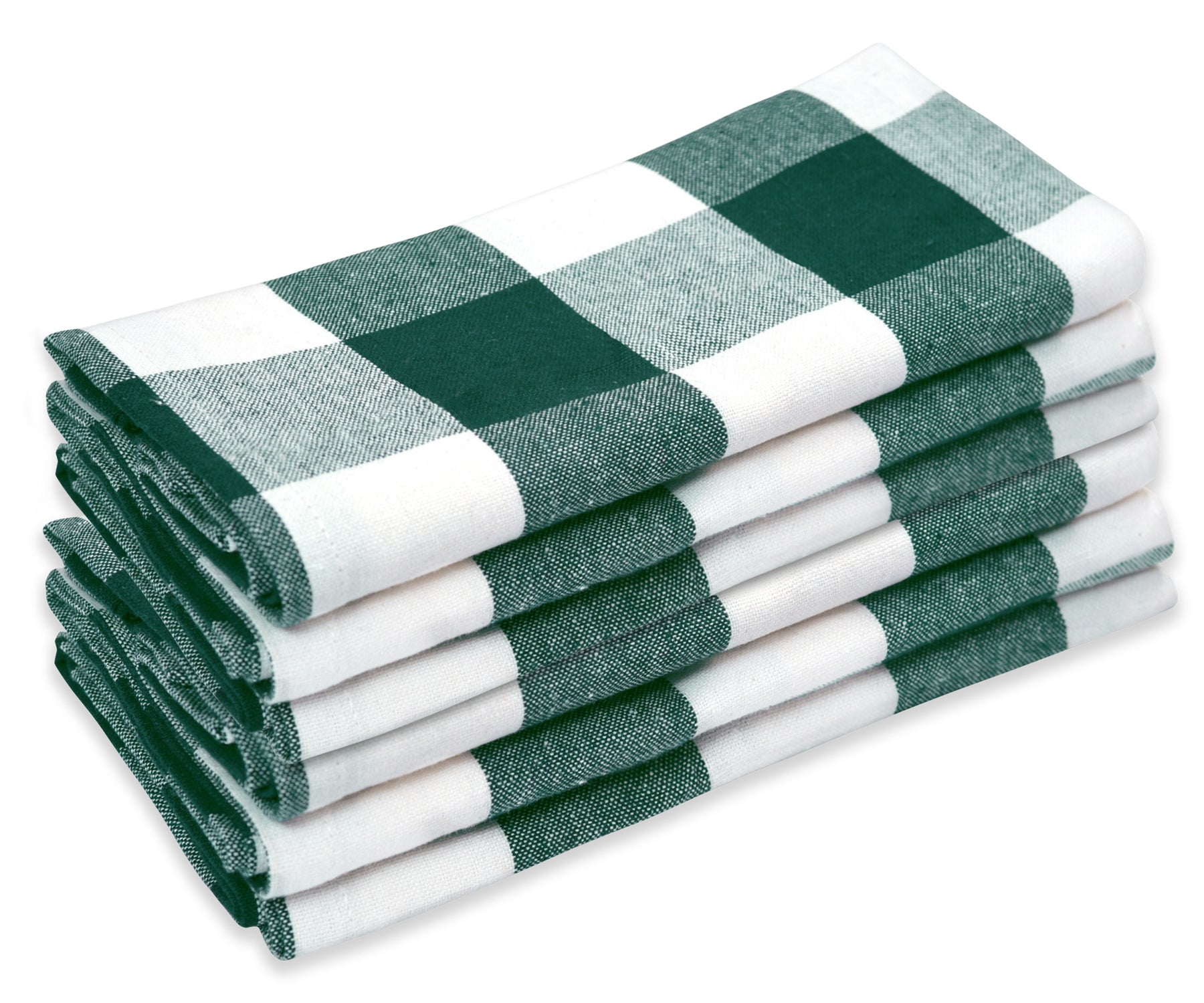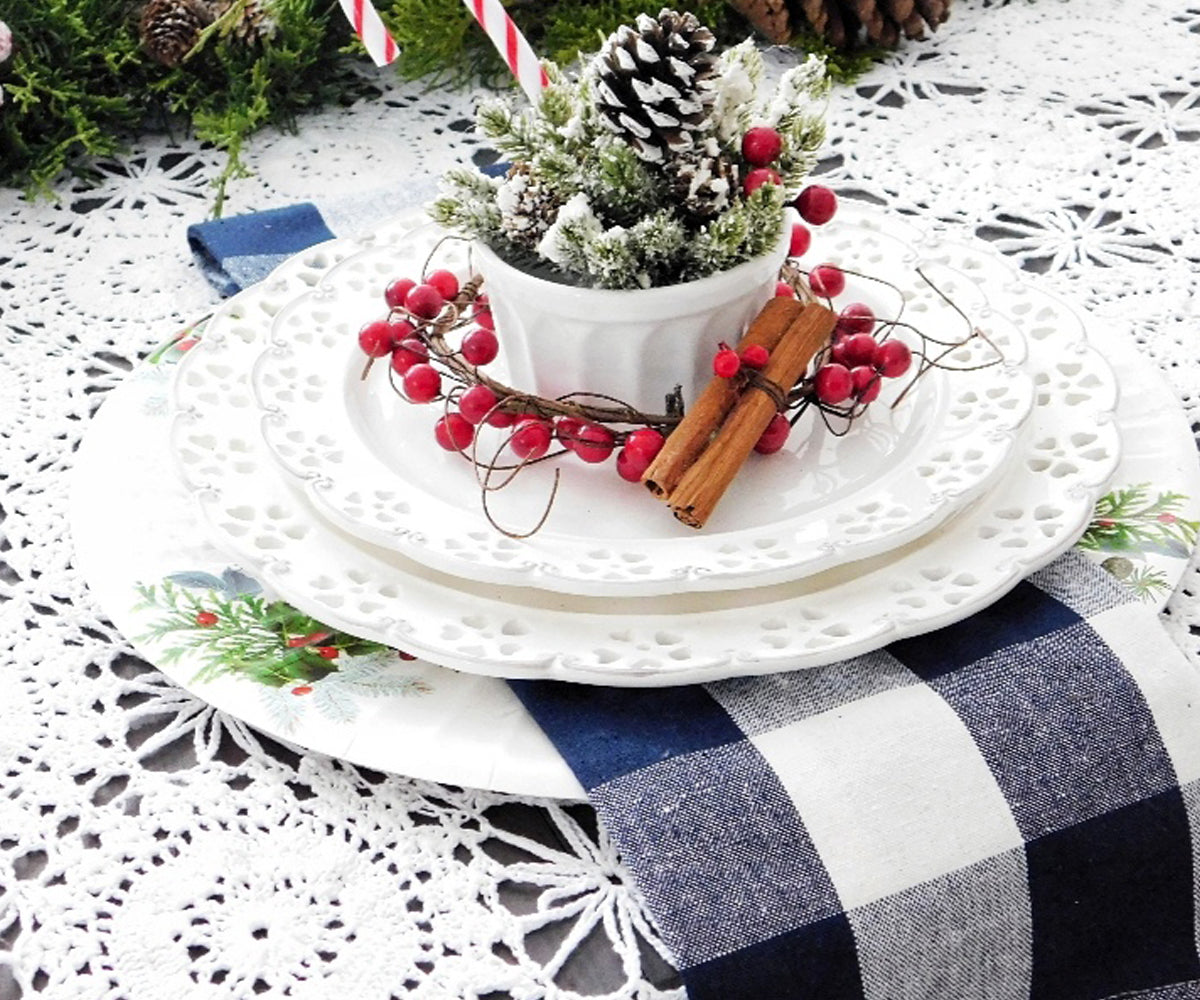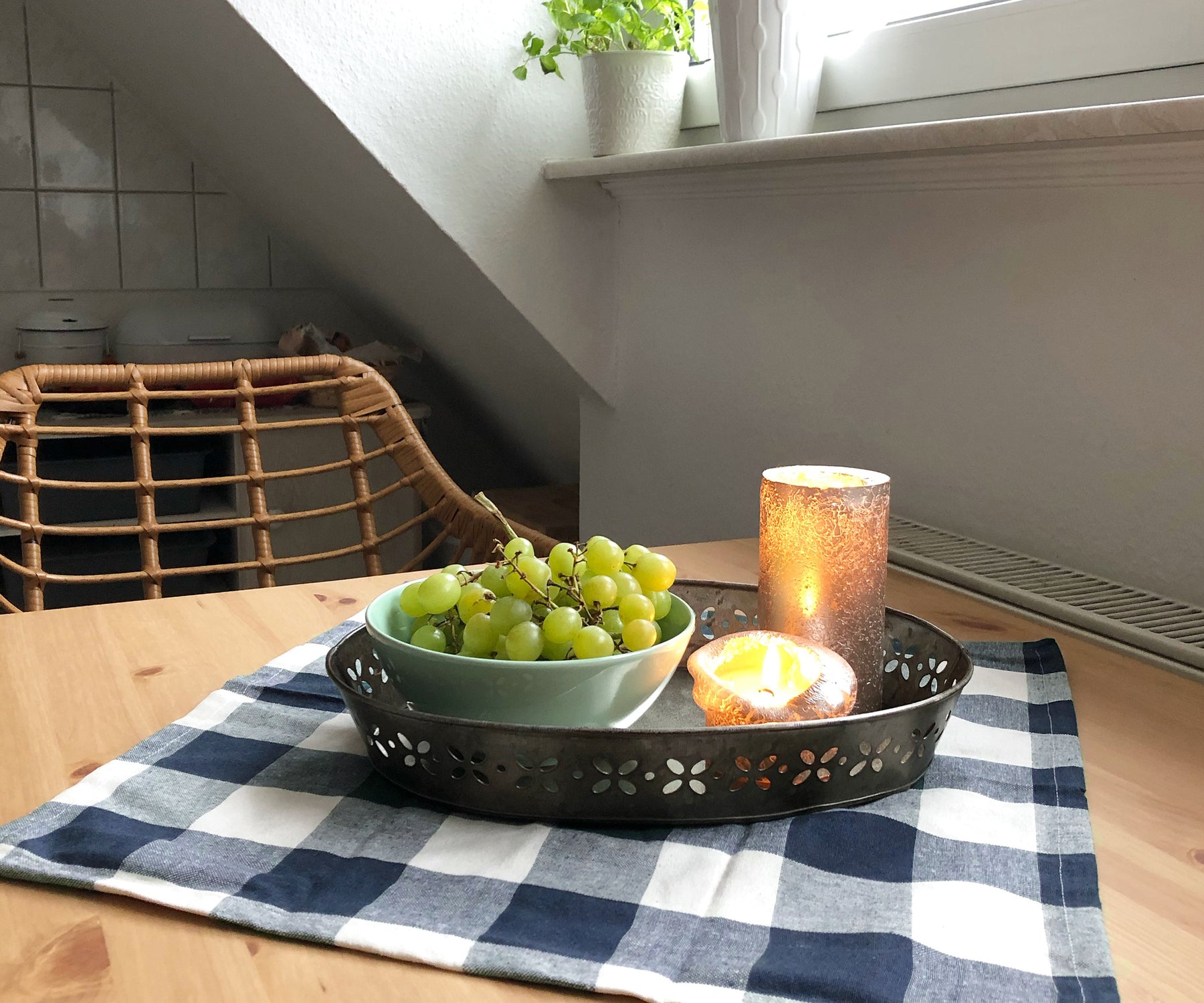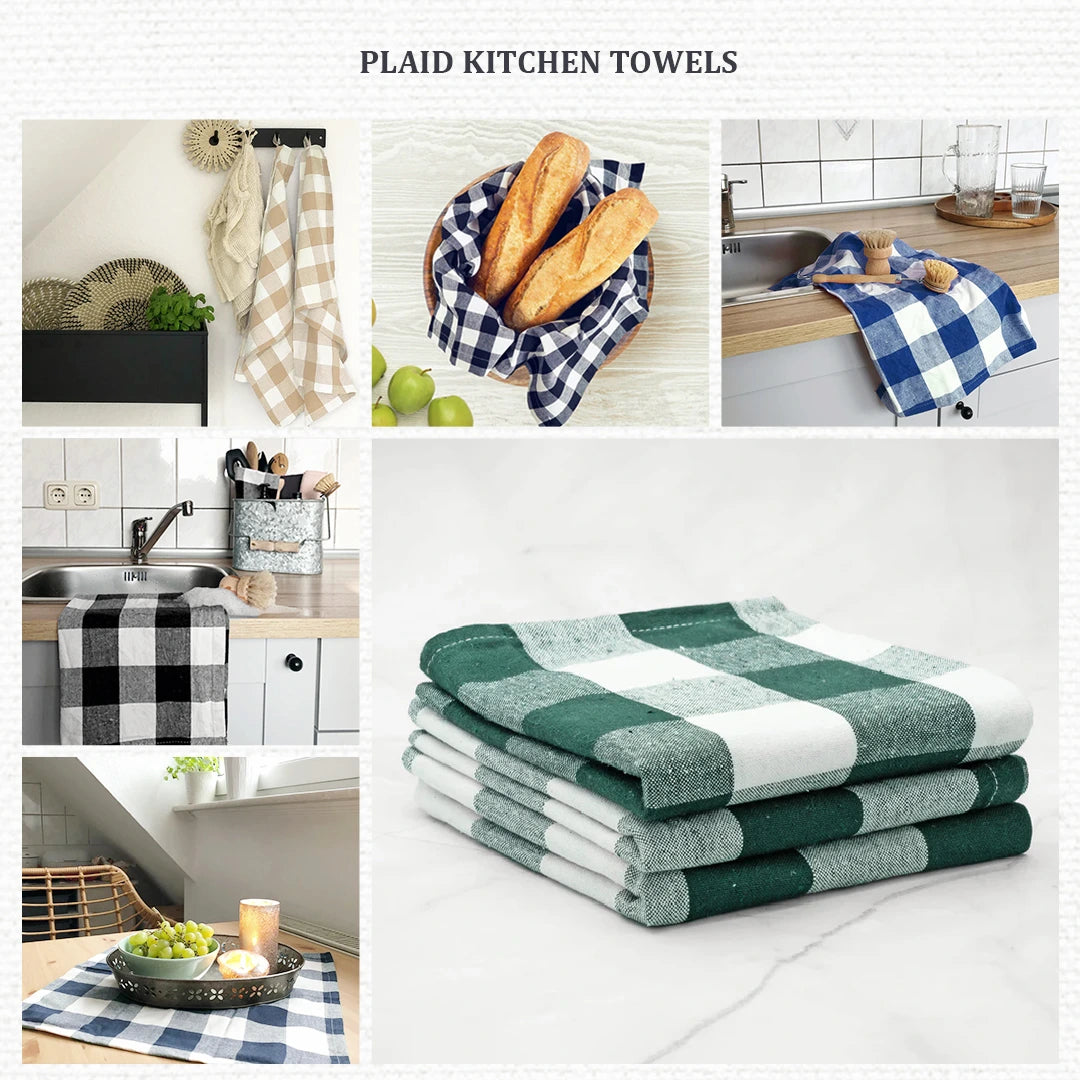1. Botanical Bliss: Upcycled Jar Terrarium
Terrariums are a lovely way to bring a touch of nature indoors. They're surprisingly low-maintenance and create a captivating miniature world. In this project, we'll repurpose an old jar into a stunning terrarium.

Materials:
- Glass jar (any size or shape will work!)
- Pebbles or gravel for drainage
- Activated charcoal (optional, helps purify the air)
- Potting mix suitable for succulents or terrarium plants
- Small succulent plants or terrarium plants (air plants are also a great option)
- Decorative elements (moss, small figurines, colorful rocks)
Instructions:
- Clean the jar: Wash the jar thoroughly with soap and water, ensuring no residue.
- Create a drainage layer: Add a 1-inch layer of pebbles or gravel to the jar's bottom. This allows excess water to drain, preventing root rot for your plants.
- Optional: Add charcoal: If using, place a thin layer of activated charcoal on top of the drainage layer. This helps absorb impurities and odors, keeping your terrarium fresh.
- Fill with potting mix: Add enough potting mix to create a base for your plants. Aim for a depth that allows for root growth.
- Planting: Make a small indentation in the potting mix for each plant. Carefully place your plants in the jar, ensuring their roots are covered. Arrange them to create a visually appealing composition.
- Decorate! Use moss, small figurines, or colorful rocks to add personality to your terrarium.
Tips:
- Select plants that flourish in comparable light and humidity environments. Due to their low-maintenance requirements, succulents and air plants are popular options for terrariums.
- Research the needs of your chosen plants to ensure proper care.
- Terrariums can be closed or open systems. Closed terrariums require minimal watering as the moisture circulates within the jar. Depending on the plants, open terrariums may need occasional watering.
Related: DIY Tablecloth Makeovers: Give Your Old Tablecloths a New Lease on Life Unleash Your Inner Designer!
2. Wall Magic: DIY Canvas Art
Blank walls can feel uninspired. Liven them up with custom canvas art that reflects your style! This project is beginner-friendly and allows for endless creative possibilities.

Materials:
- Blank canvas (choose a size that complements your space)
- Acrylic paints (various colors of your choice)
- Paintbrushes (different sizes for various effects)
- Stencils (optional for creating patterns or designs)
- Masking tape (optional for creating clean lines)
- Collage materials (optional for adding texture and dimension)
Instructions:
- Plan your design: Sketch your desired artwork on paper beforehand or freehand it directly onto the canvas if you're comfortable.
- Prime the canvas (optional): Applying a base coat of white or light-colored acrylic paint can create a smoother surface for painting. Allow it to dry completely.
- Paint your masterpiece: Use acrylic paints to create your design—experiment with bold colors and contrasting hues or a more muted palette.
- Get creative with techniques: For abstract art, use drip or splatter paint or a palette knife to create textured effects.
- Stencils and Masking: Use stencils to create intricate patterns or geometric designs. Masking tape lets you make clean lines and shapes for a more structured look.
- Collage it Up (optional): Add magazine clippings, fabric scraps, or other exciting materials to your canvas for a unique, textural effect.
Tips:
- Protect your work area with a drop cloth or newspapers.
- Layer your paint for a richer color. Let each layer dry as fine as possible before adding another layer.
- Don't be afraid to experiment! Abstract art thrives on chance and exploration.
- If a mistake is made, acrylic paint can usually be wiped off with a cloth while still wet.
Related: Top 5 Summer Color Palettes to Brighten Up Your Home
3. Light Up Your Life: DIY Pendant Lamp
Lighting is very important thing to consider when we are setting the ambiance of a space. Transform a simple pendant lamp into a stunning statement piece with this easy DIY project.

Materials:
- Existing pendant lamp (choose a basic design for easier customization)
- Spray paint (in a color or metallic finish of your choice)
- String lights (battery-operated or plug-in, depending on your preference)
- Decorative items (optional, such as fairy lights, ribbons, or dried flowers)
Instructions:
- Prep the lamp: If the lampshade is fabric, remove it for easier painting. Gently clean the lamp base and shade with a damp cloth to remove any dust or dirt. Ensure the lamp is completely dry before painting.
- Paint the lamp: Apply spray paint in even strokes in a well-ventilated area. Use light coats and allow each layer to dry completely before adding another. Apply 2-3 coats for a solid, opaque finish.
- Reassemble the lamp (if applicable): Once the paint is dry, reattach the lampshade to the base.
Related: DIY Fabric Placemats: A Fun and Creative Touch to Your Dining Table
String Light Magic:
There are two ways to incorporate string lights into your DIY pendant lamp:
- Internal Illumination: Carefully thread the string lights through the top opening of the lampshade and weave them around the inside of the shade. Aim for a dispersed distribution of lights. If using a plug-in string light option, ensure the cord exits through a discreet spot on the lamp base and can reach a power outlet.
- External Illumination: Wrap the string lights around the outside of the lampshade, creating a whimsical, fairy-light effect. Battery-operated string lights are ideal for this approach.
4. Rug Remix: Painted Floor Cloth
A plain rug can be easily transformed into a unique work of art with a splash of paint. This project is perfect for adding a pop of color, pattern, or personalized message to your space.

Materials:
- Plain throw rug or canvas floor cloth (choose a material suitable for paint)
- Fabric paints (in various colors of your choice)
- Paintbrushes (different sizes for details and filling)
- Stencils (optional)
- Drop cloth or plastic sheeting
Instructions:
- Protect your workspace: Lay down a drop cloth or plastic sheeting to prevent paint splatter.
- Plan your design: Decide on your desired pattern or motif. Sketch it on paper beforehand, or freehand it directly onto the rug.
- Prime the rug (optional): Applying a fabric primer can help the paint adhere better for some fabrics. Follow the instructions on the primer product.
- Paint your design: Use fabric paints to create your design. Experiment with geometric shapes, floral patterns, stripes, or stencils for intricate details.
- Let it dry: The paint will dry completely according to the fabric paint instructions. Most fabric paints require heat setting with an iron for permanence.
Tips:
- Choose fabric paints specifically designed for the type of rug material you're using.
- Before starting your design, test your paint colors on a small, inconspicuous rug area.
- Apply fabric medium to thin your paints for a watercolor effect.
- Layer your paint for a more vibrant color. Let each layer dry completely before adding another.
Related: DIY Kitchen Towel Projects: Spruce Up Your Kitchen With A Personal Touch
5. Shelf Life: Revamped Bookends
Bookends are functional but can also add a decorative touch to your bookshelf. With this project, you can breathe new life into old bookends or create your own unique pair!

Materials:
- Existing bookends (or sturdy objects to use as bookends)
- Spray paint (in a color or metallic finish of your choice)
- Embellishments (optional, such as knobs, buttons, washi tape, or decoupage paper)
Instructions:
- Prep the bookends: Clean the bookends thoroughly with a damp cloth to remove any dust or dirt. Ensure they are completely dry before painting.
- Paint the bookends: Apply spray paint in even strokes in a well-ventilated area. Use light coats and allow each layer to dry completely before adding another. Apply 2-3 coats for a solid, opaque finish.
Embellishment Time:
- Knobs & Buttons: Adhere decorative knobs or buttons to the bookends for a unique 3D effect. Use a strong craft glue suitable for the bookend material.
- Washi Tape Magic: Use colorful washi tape to create geometric patterns, stripes, or color block designs.
- Decoupage Delight: Cut out interesting shapes from decoupage paper and adhere them to the bookends for a vintage or patterned look. Apply a coat of decoupage medium over the paper to seal it.

